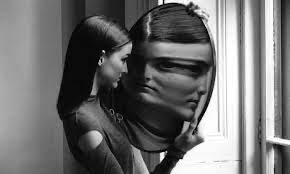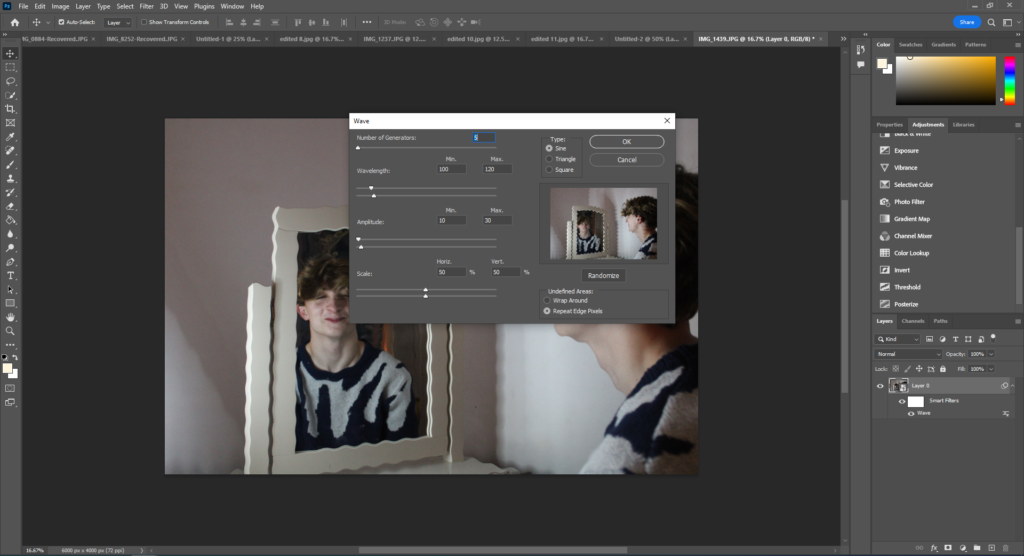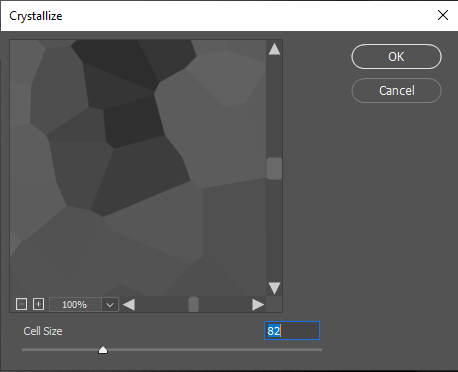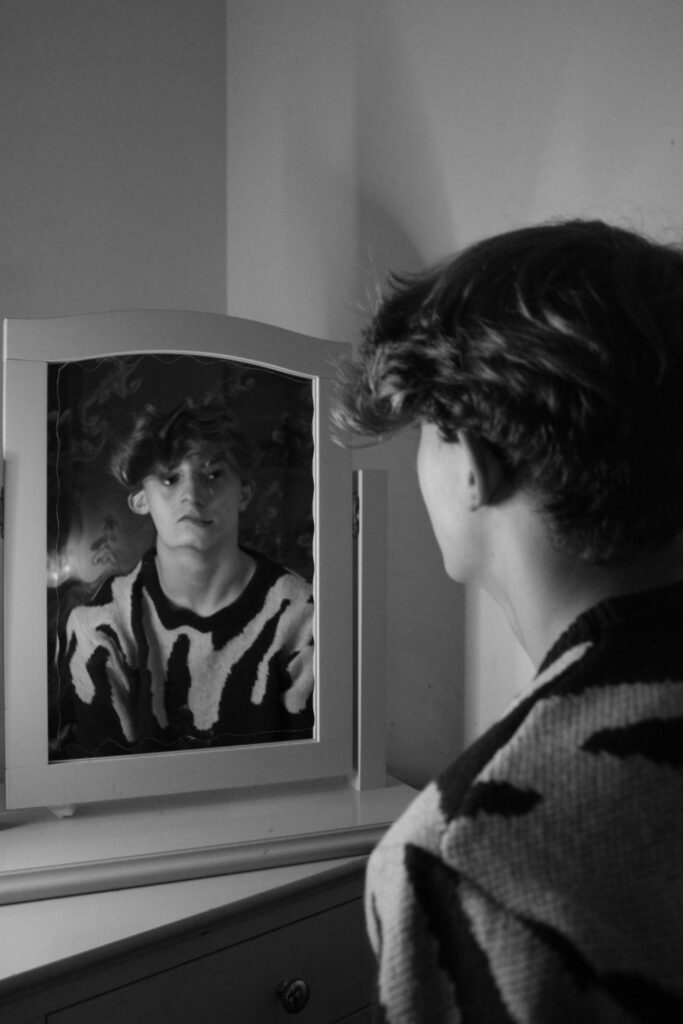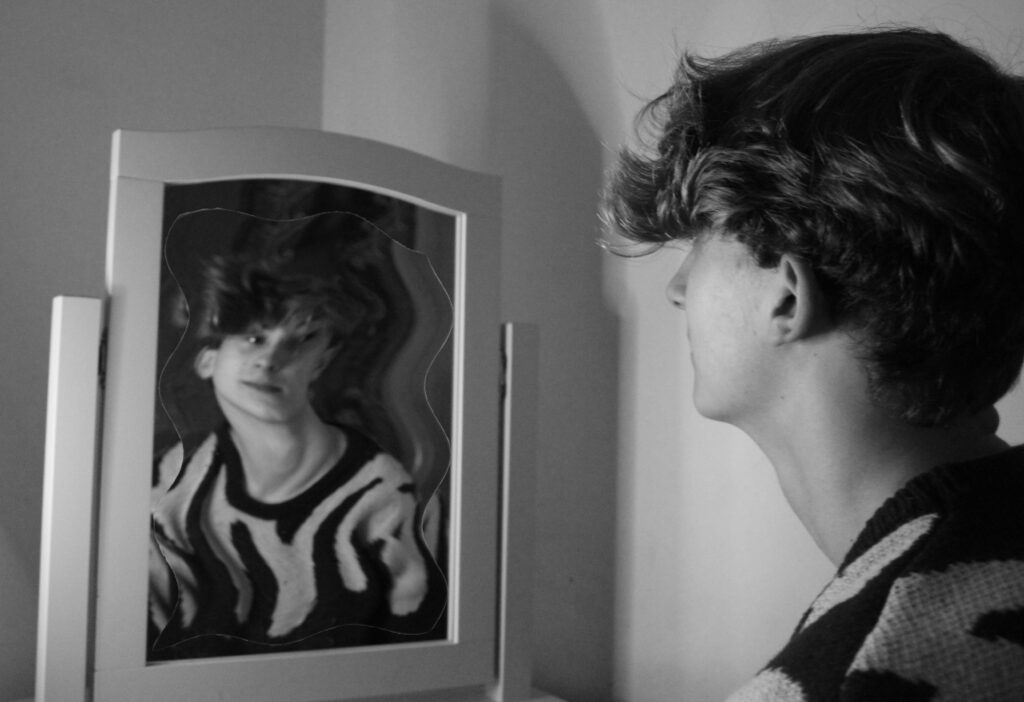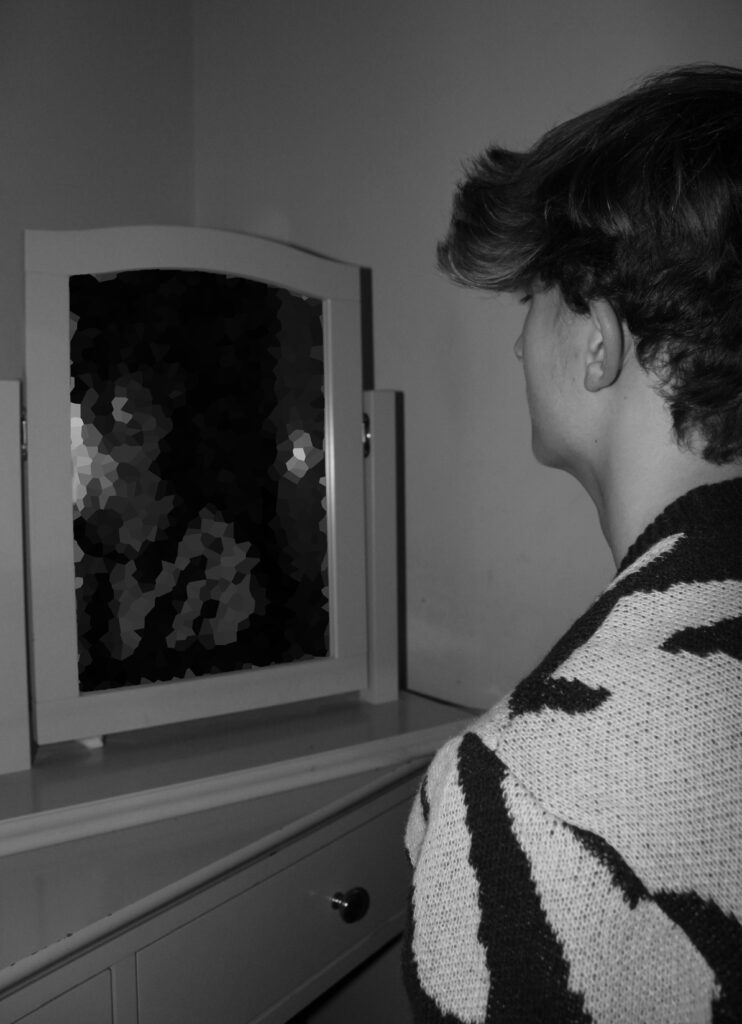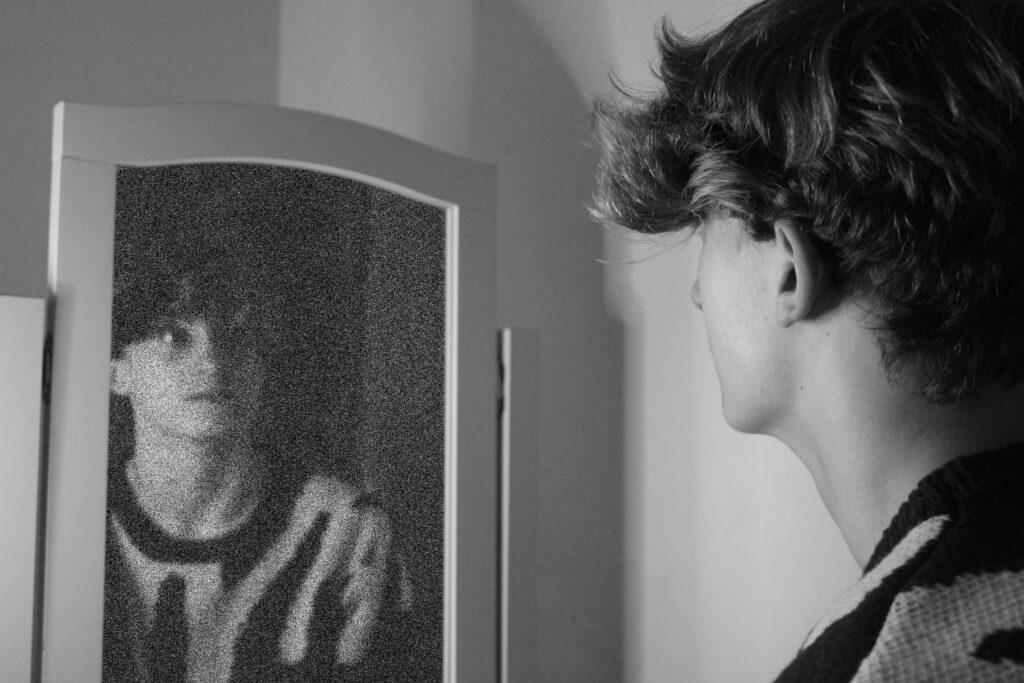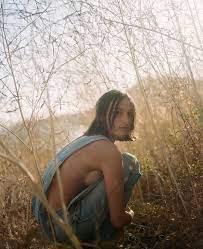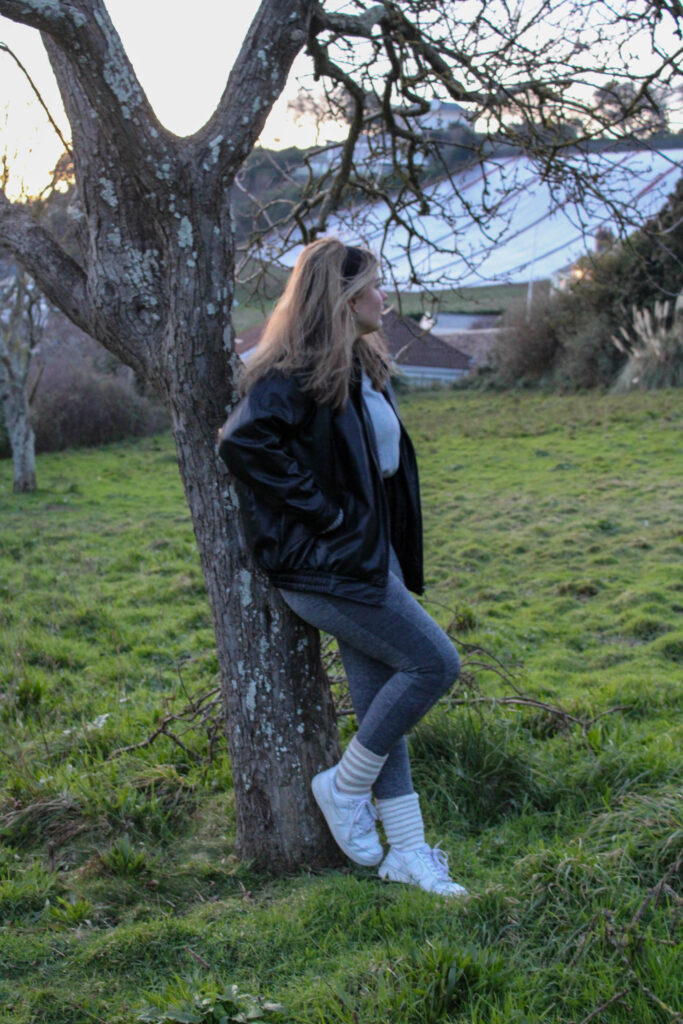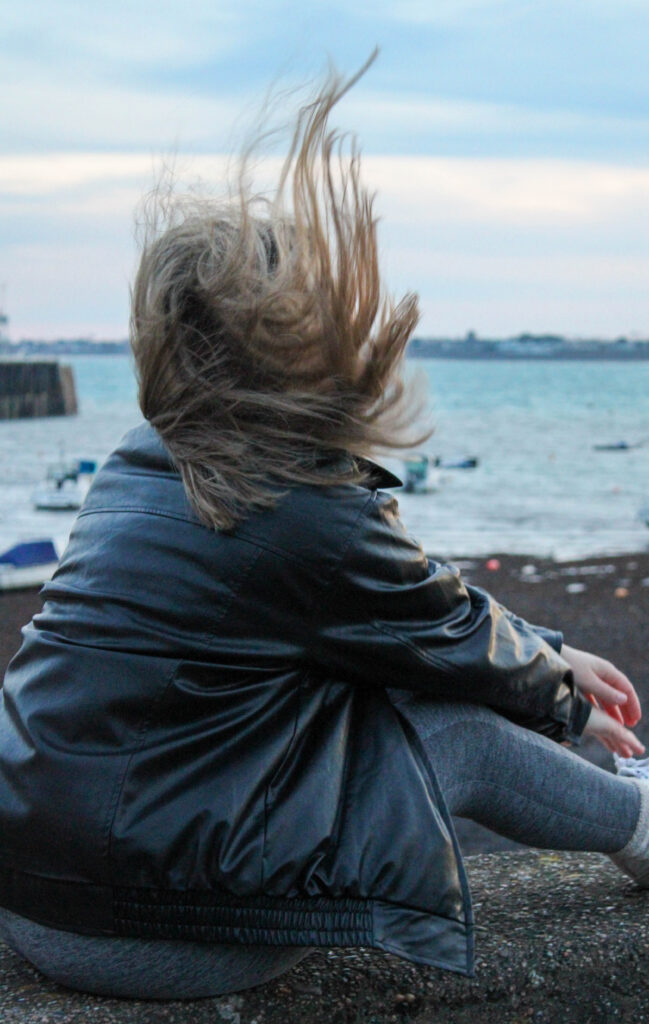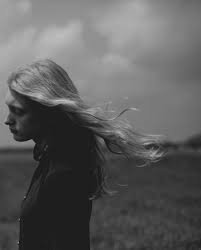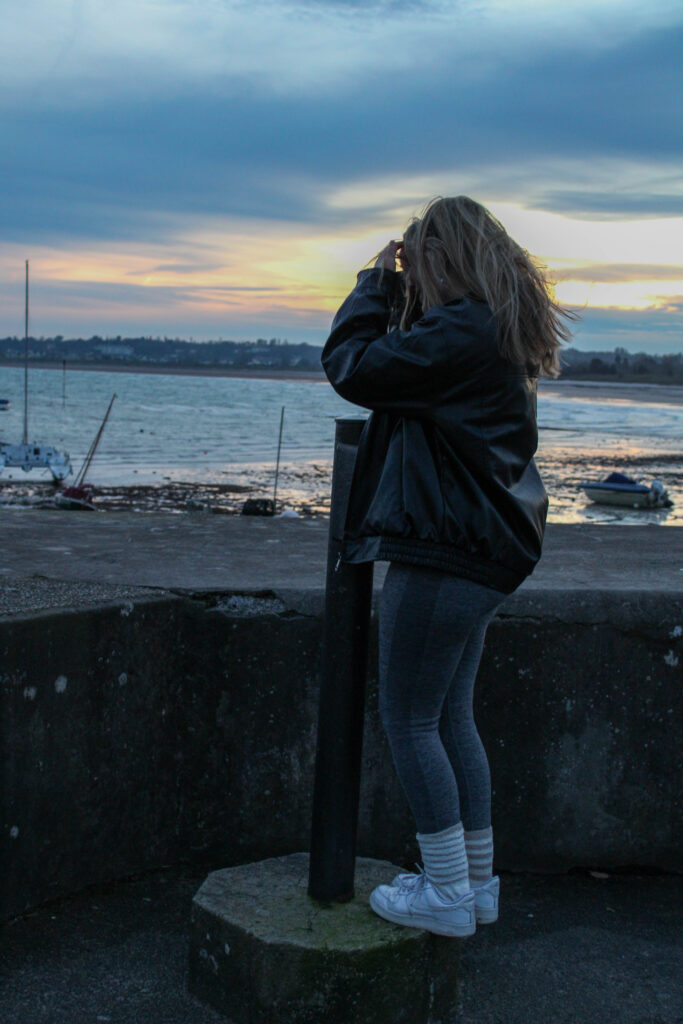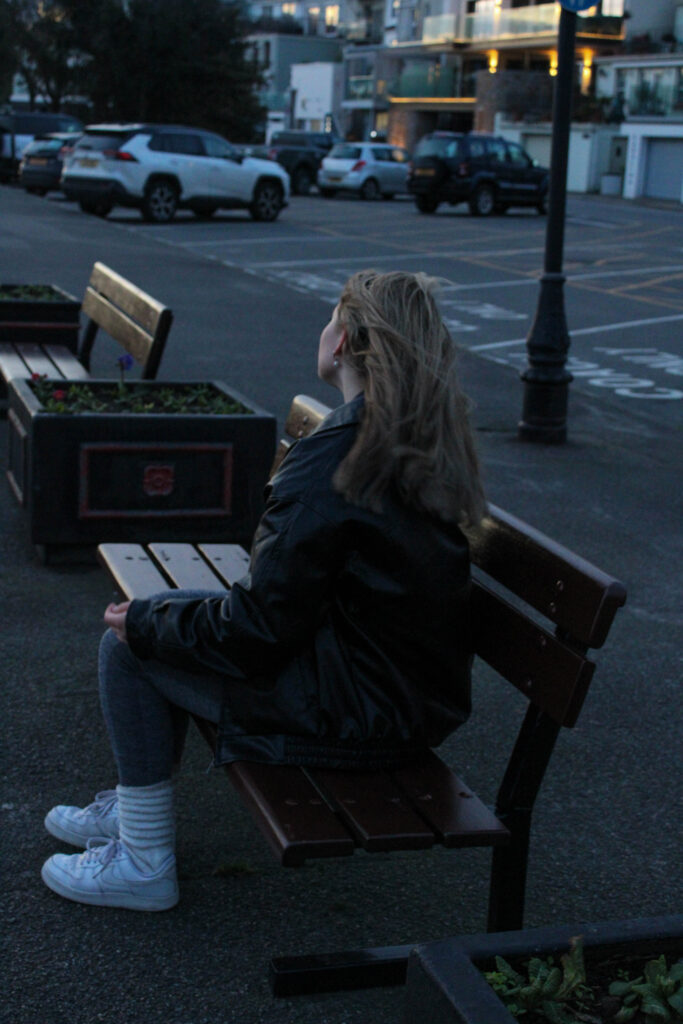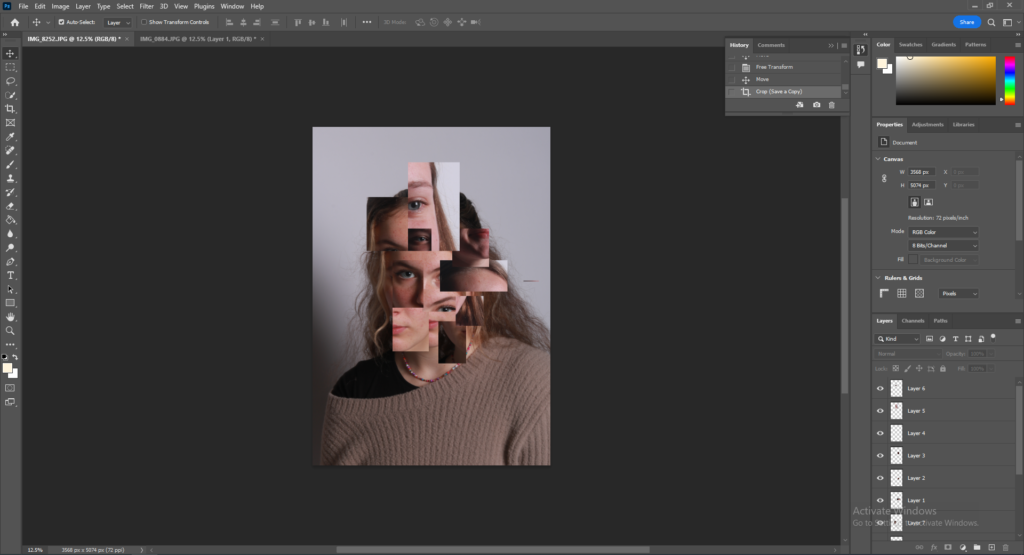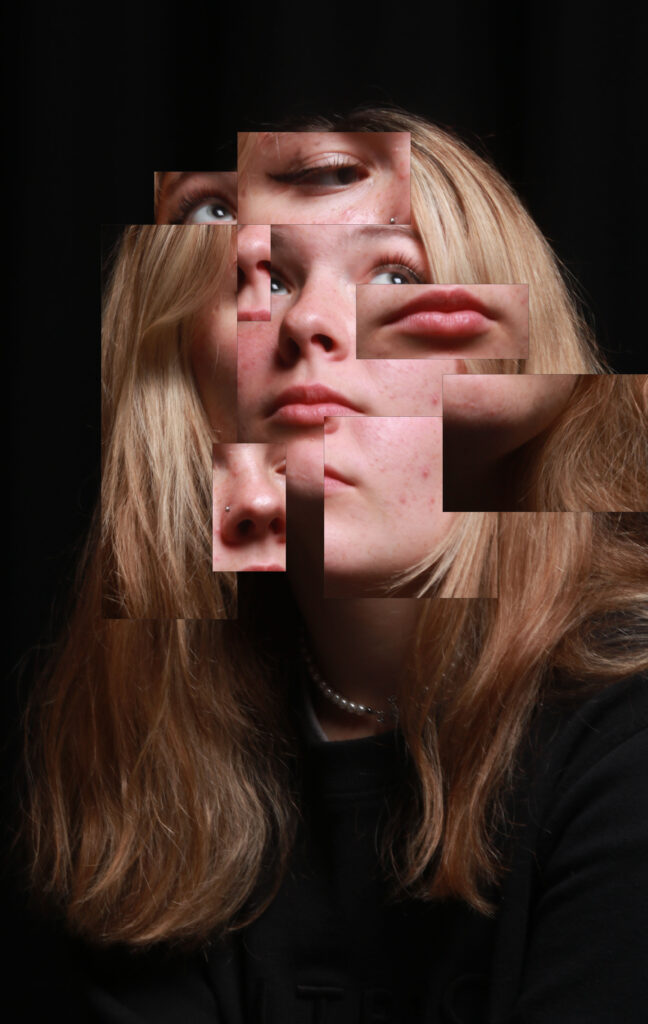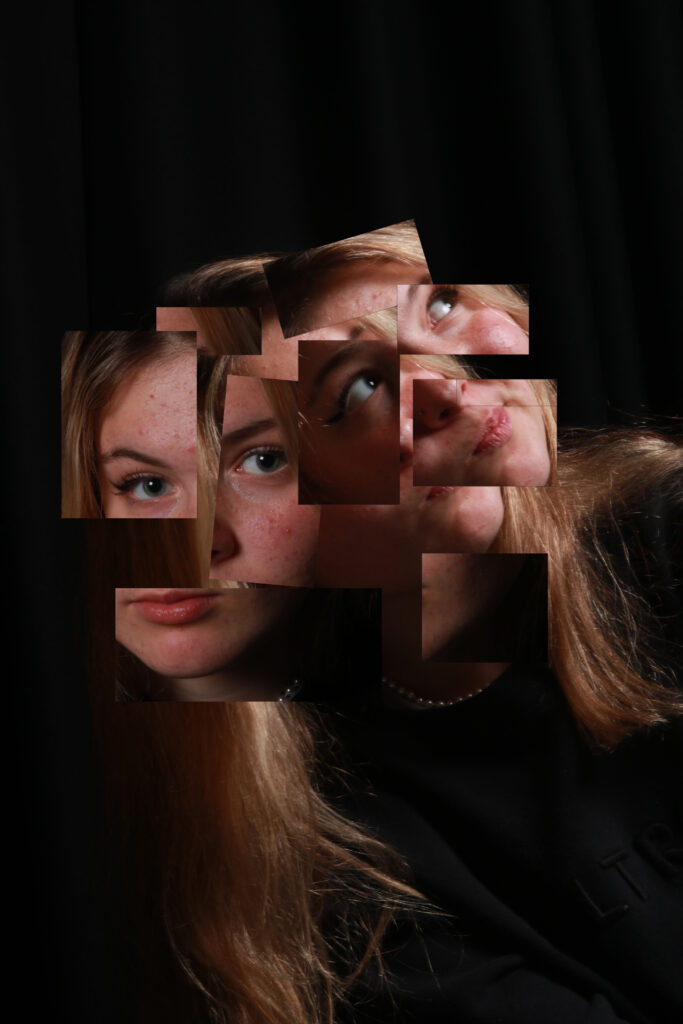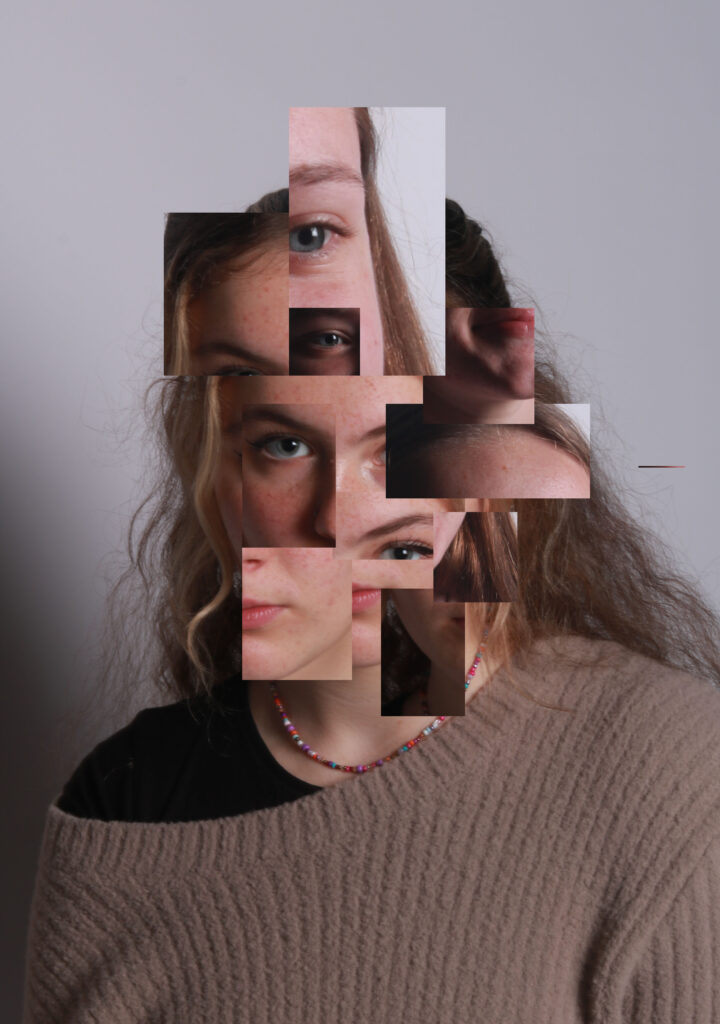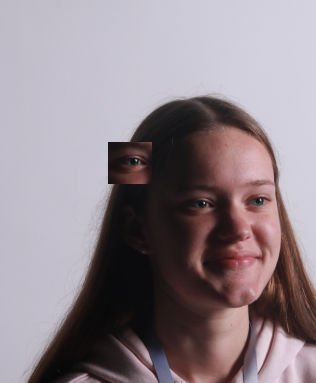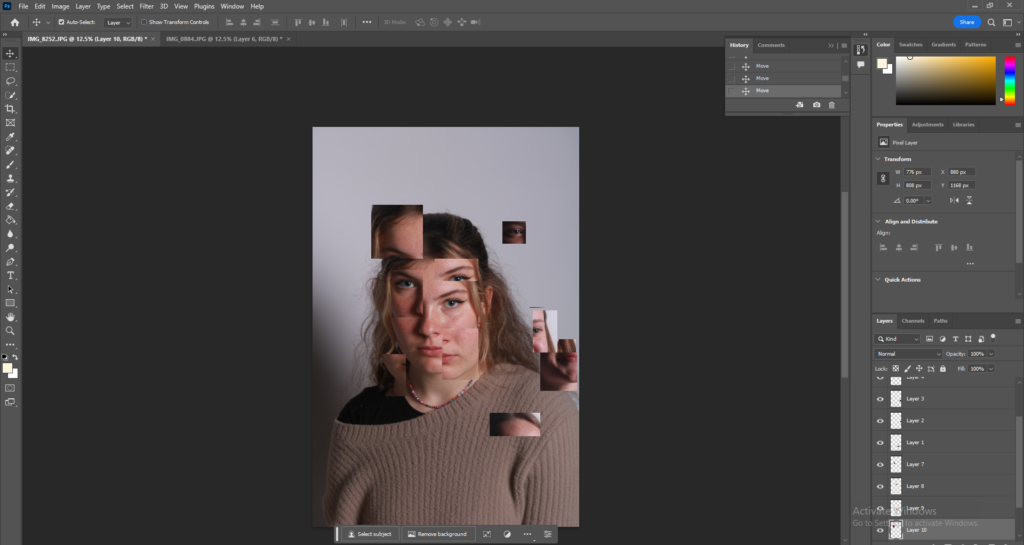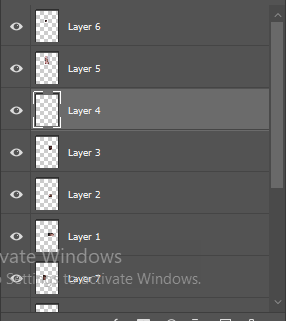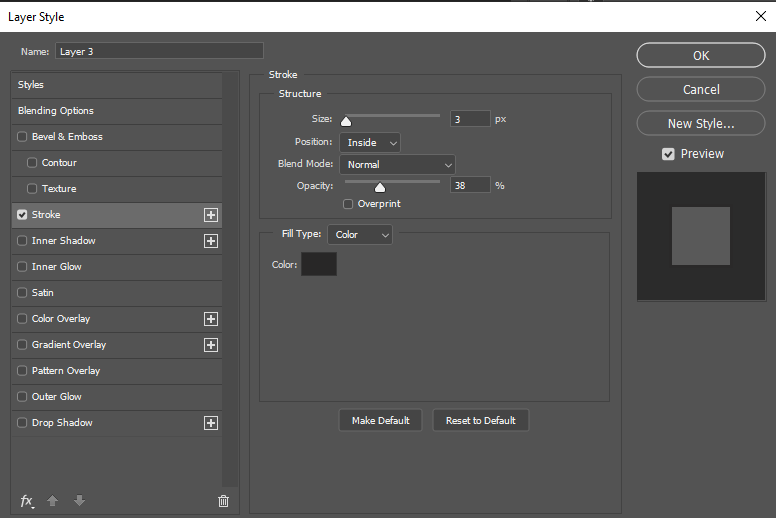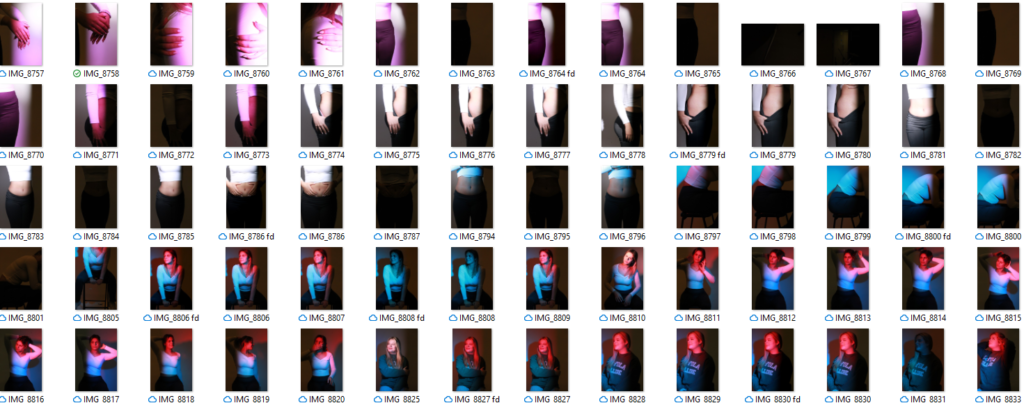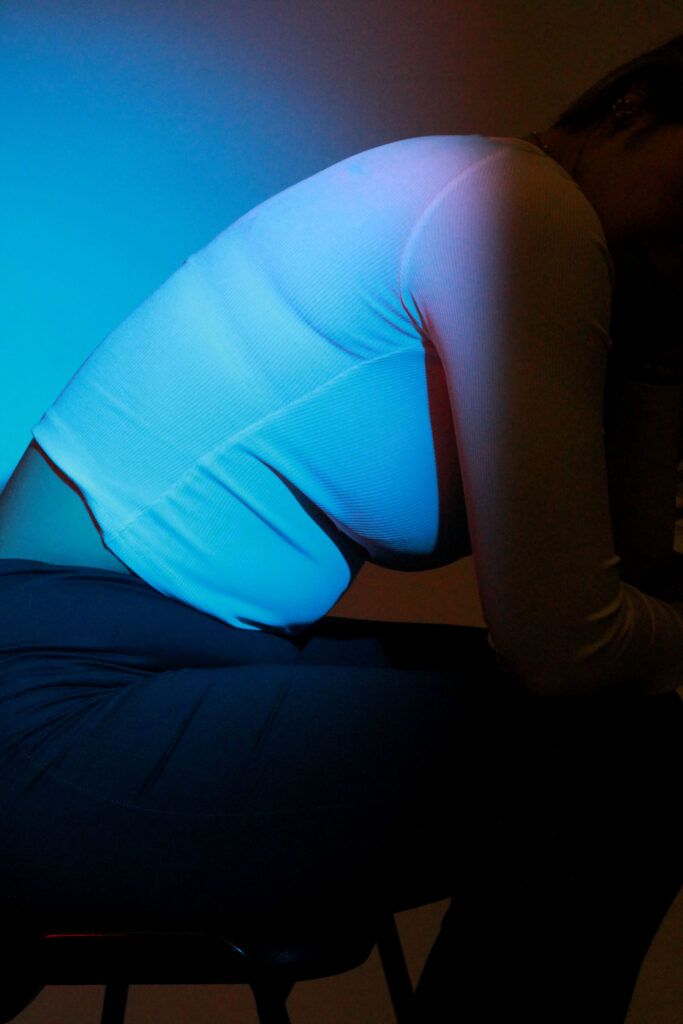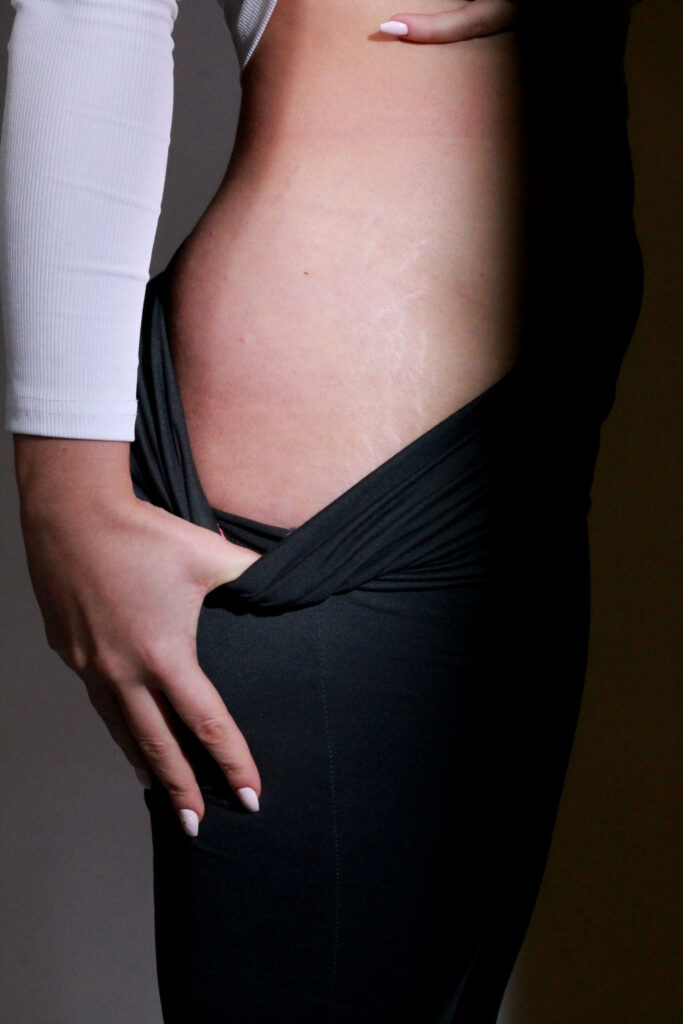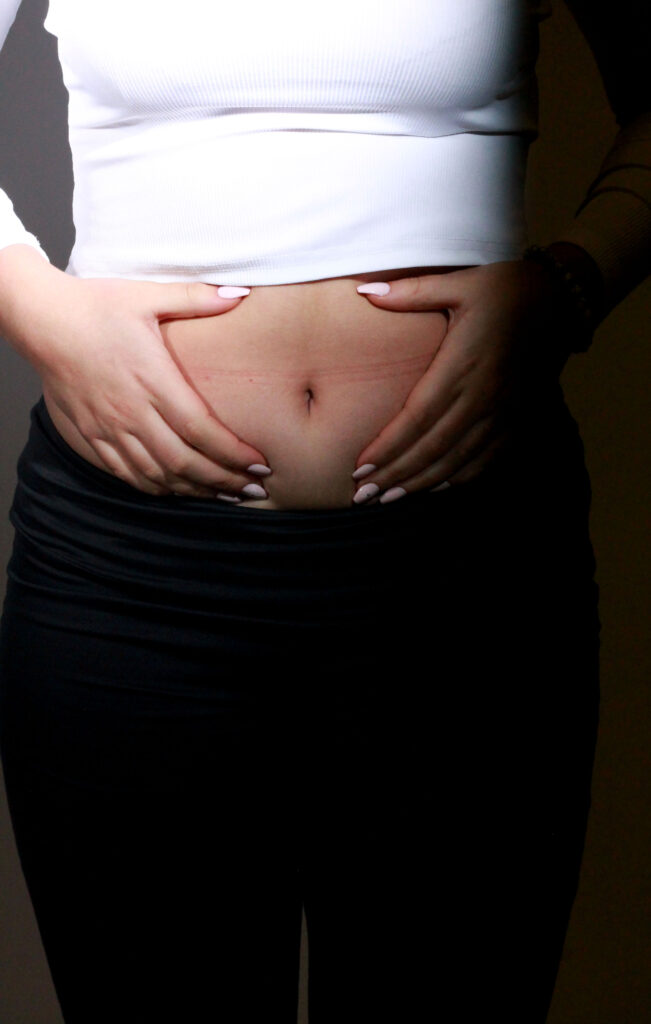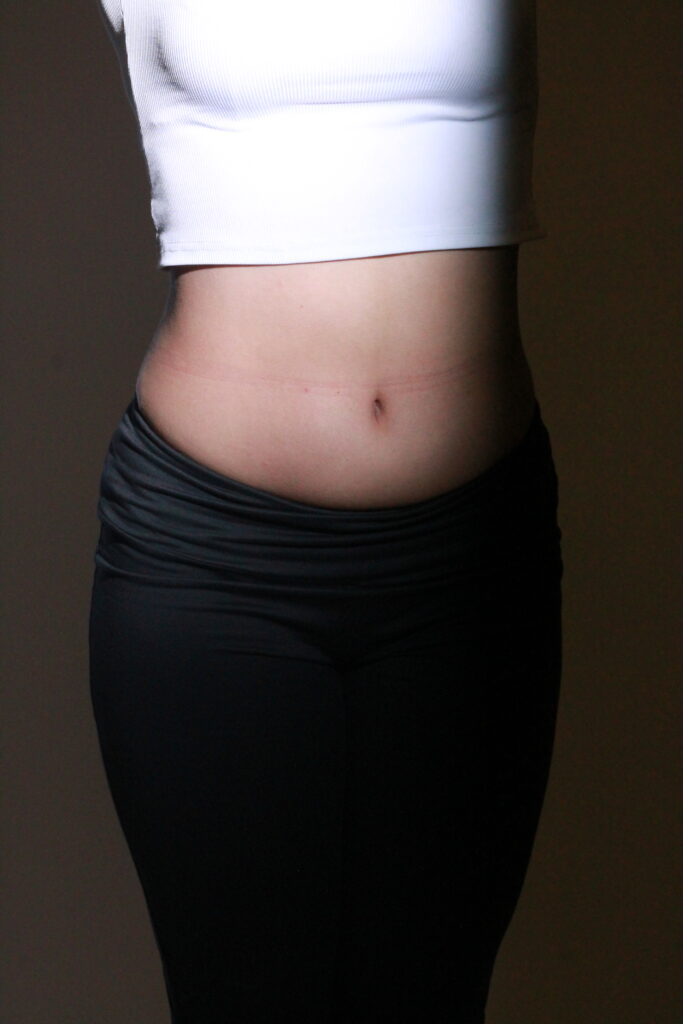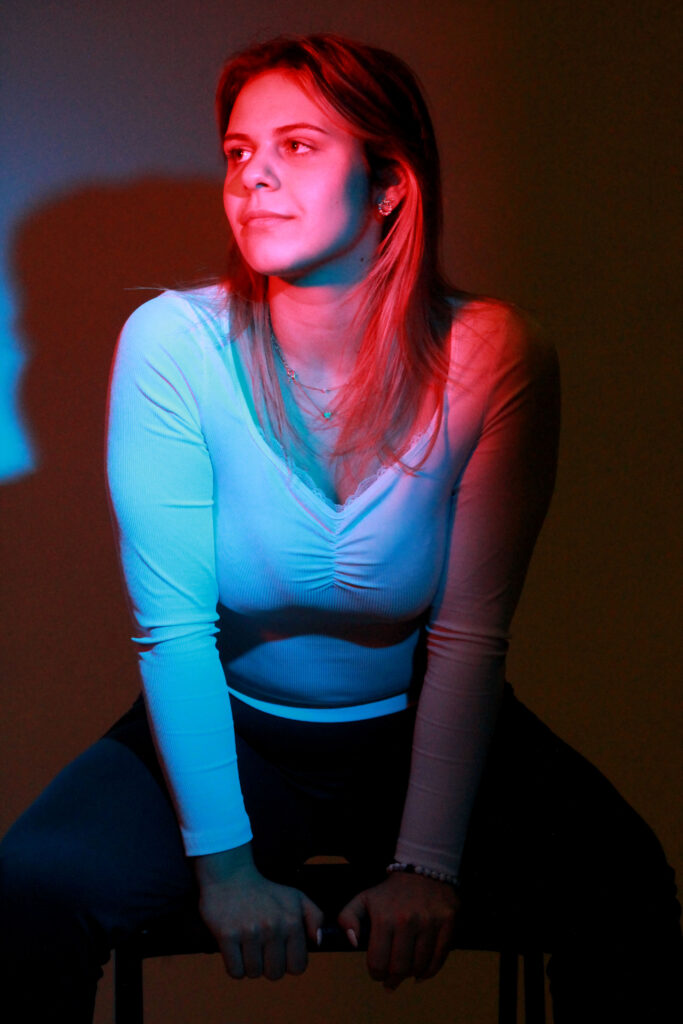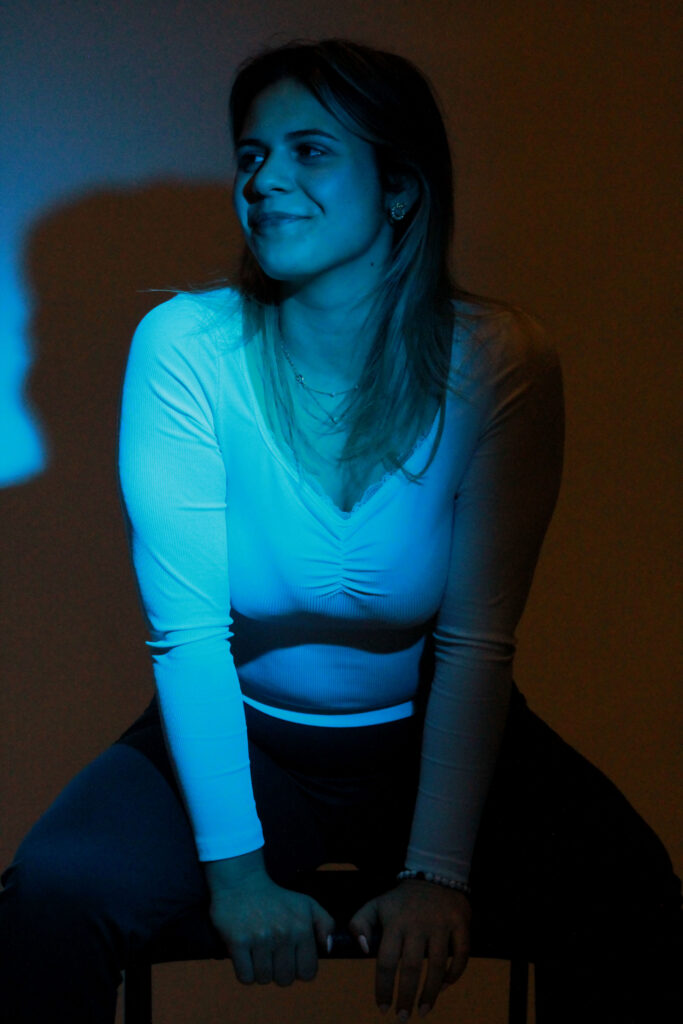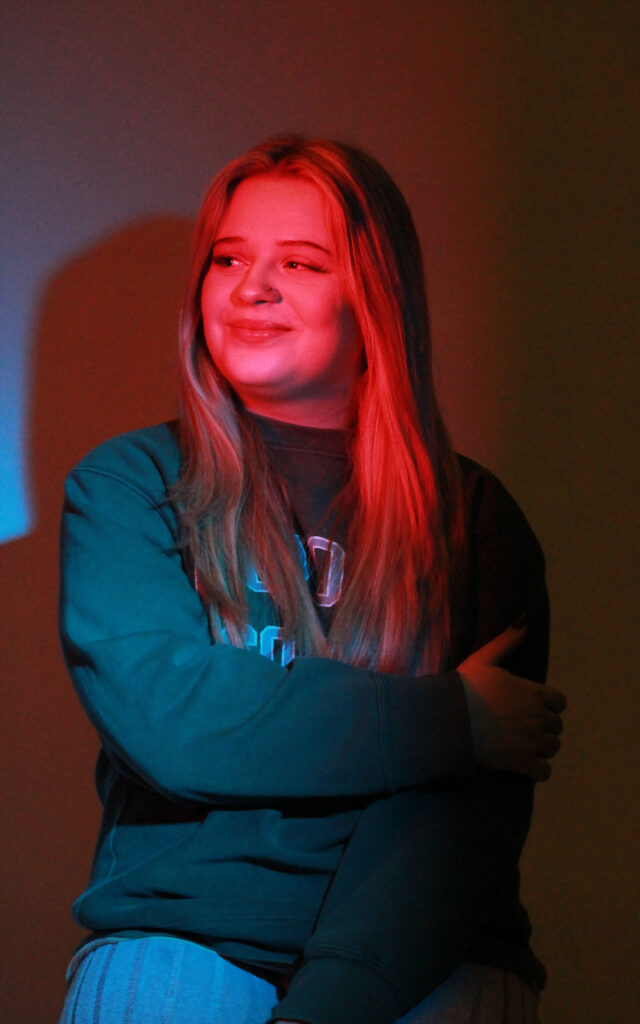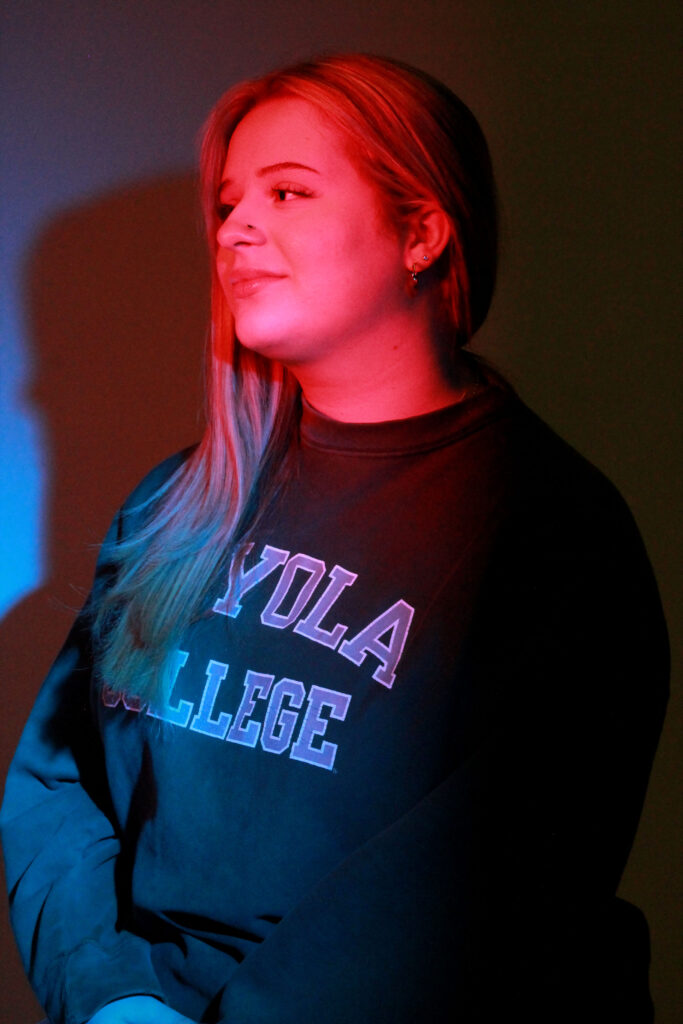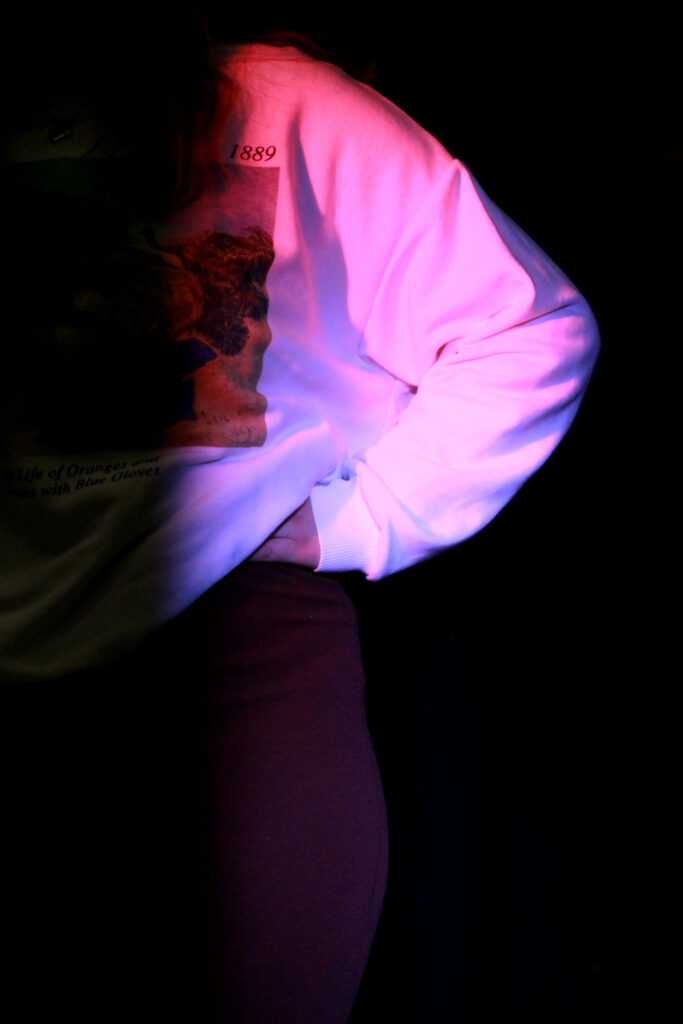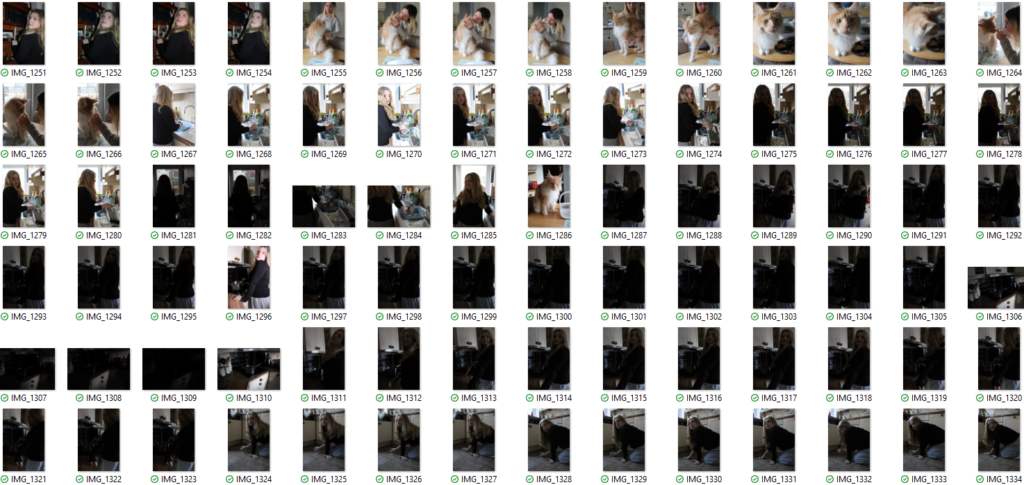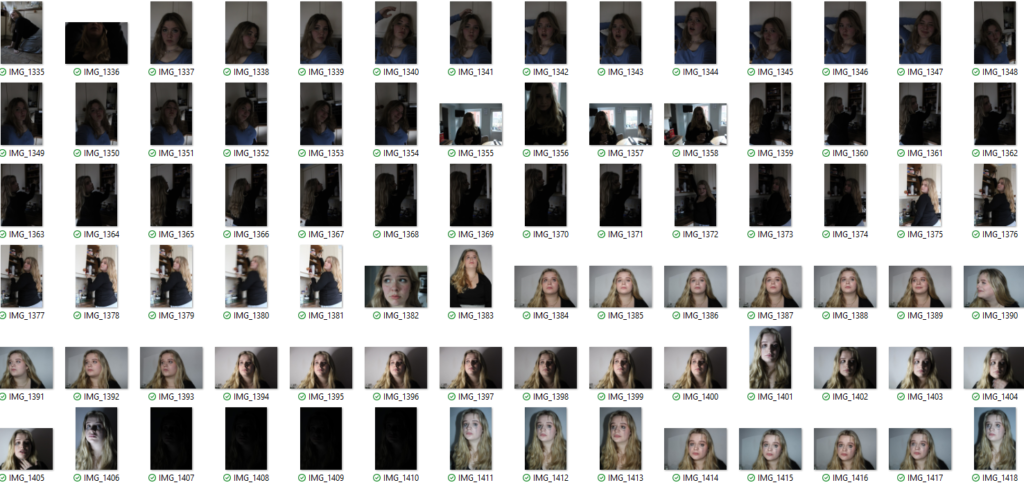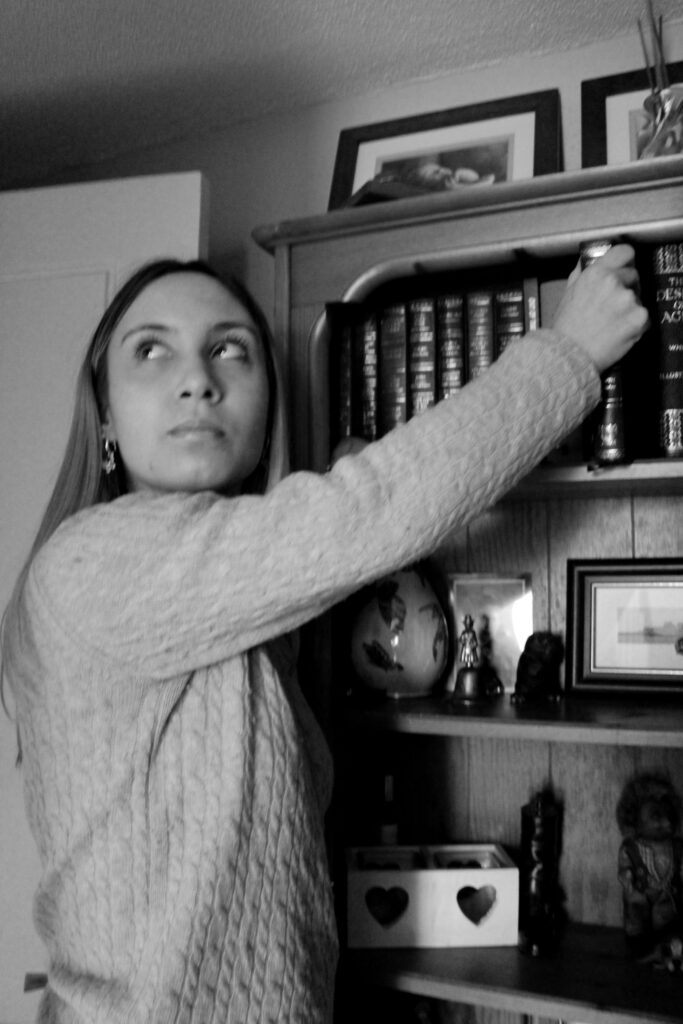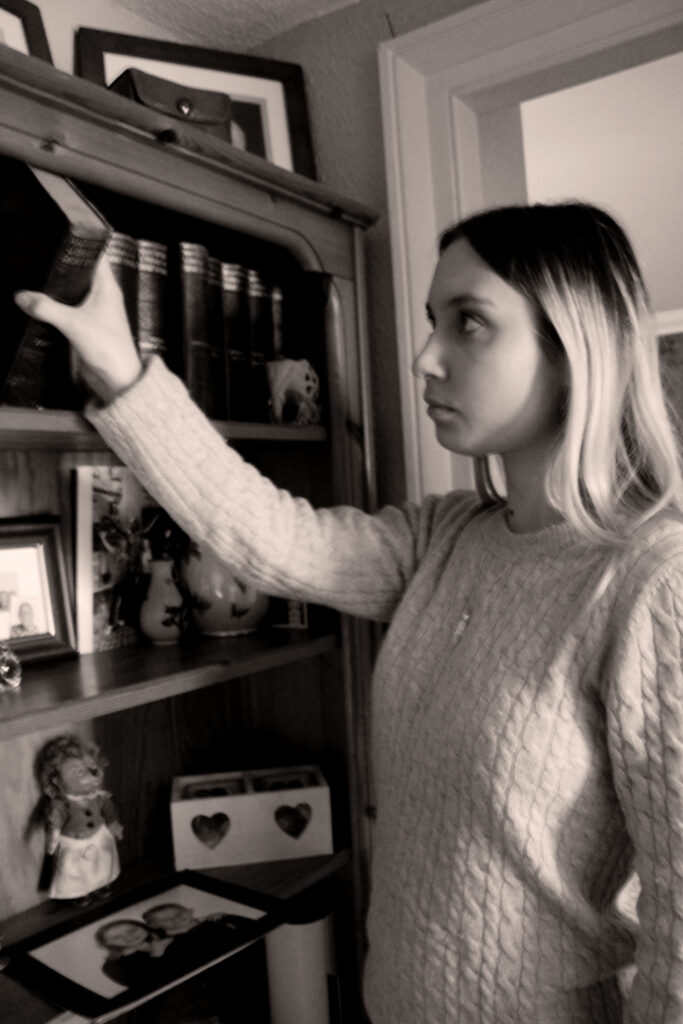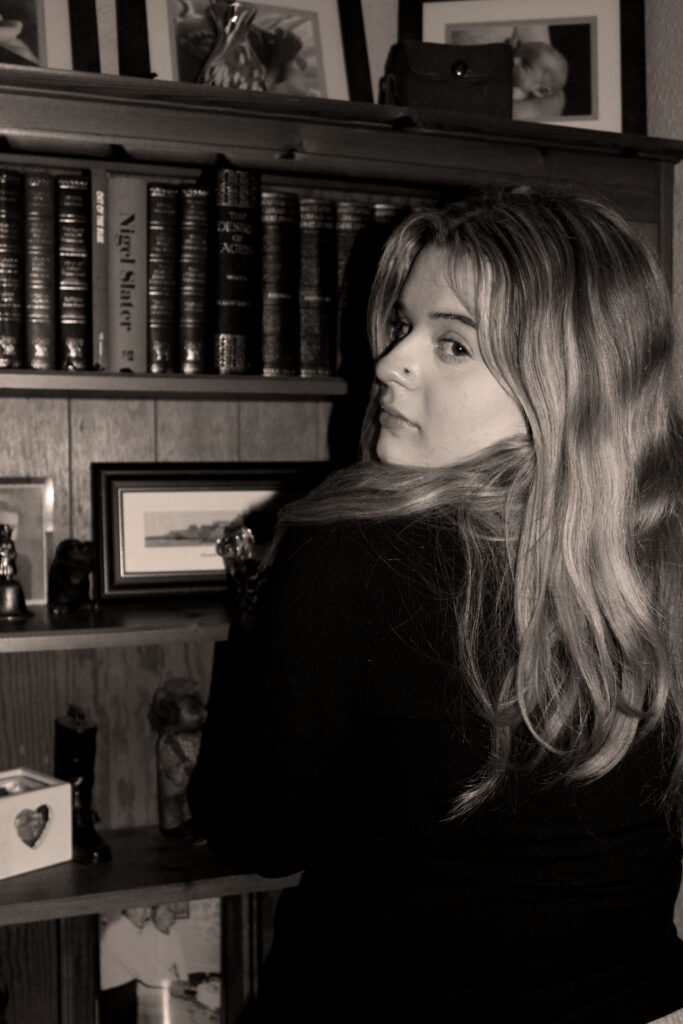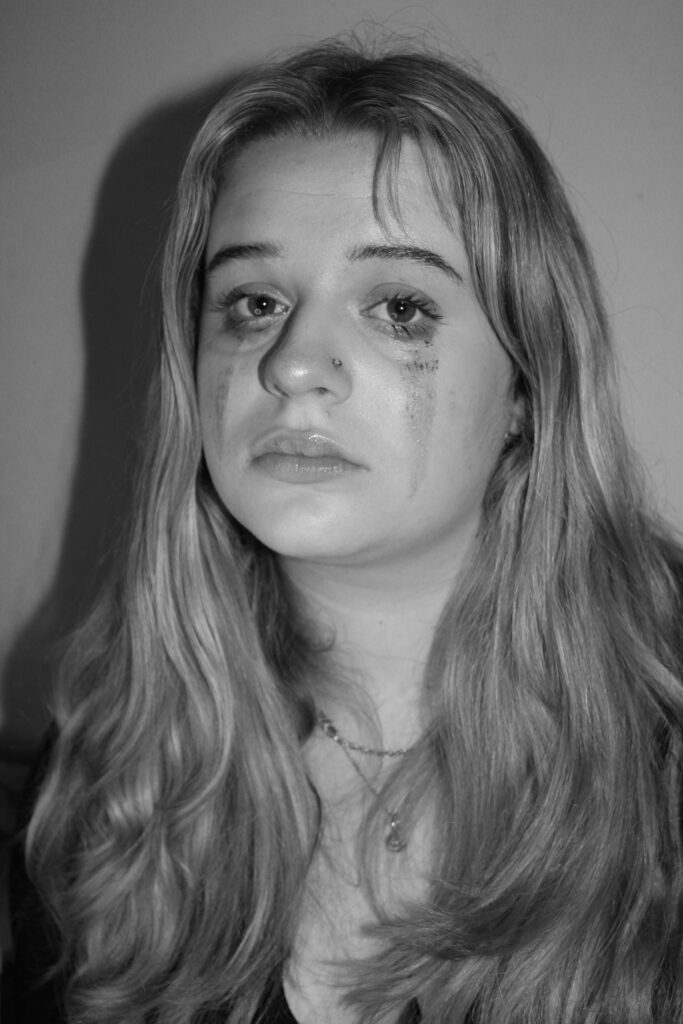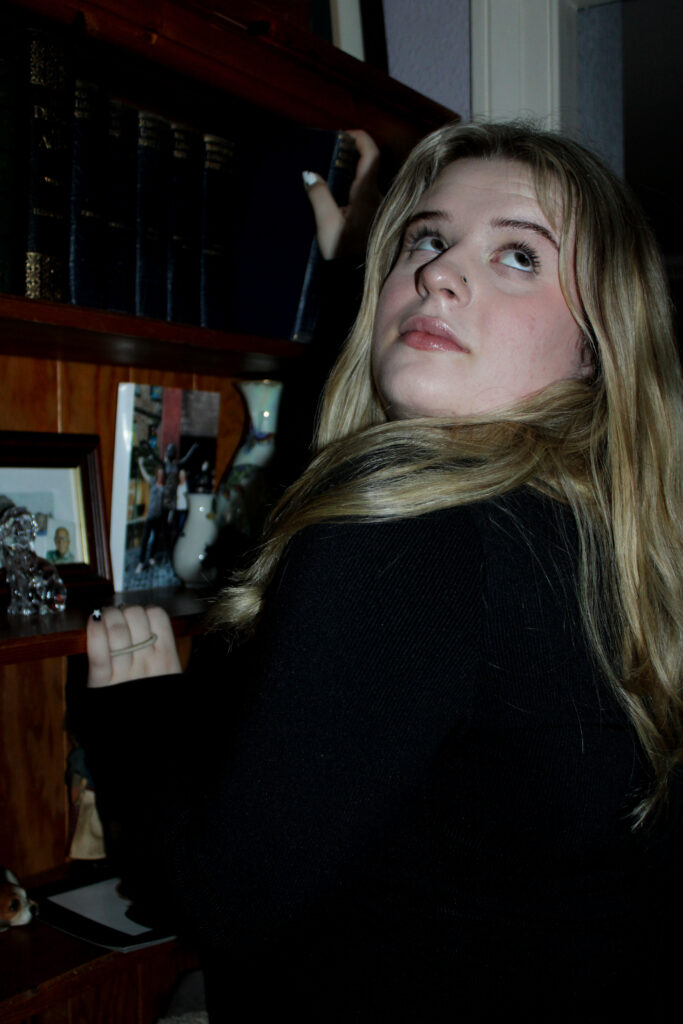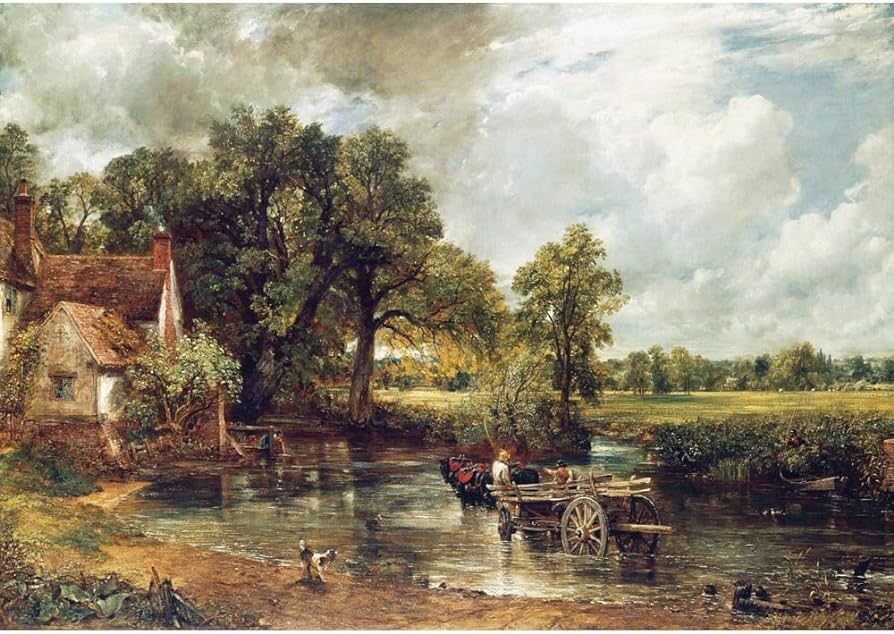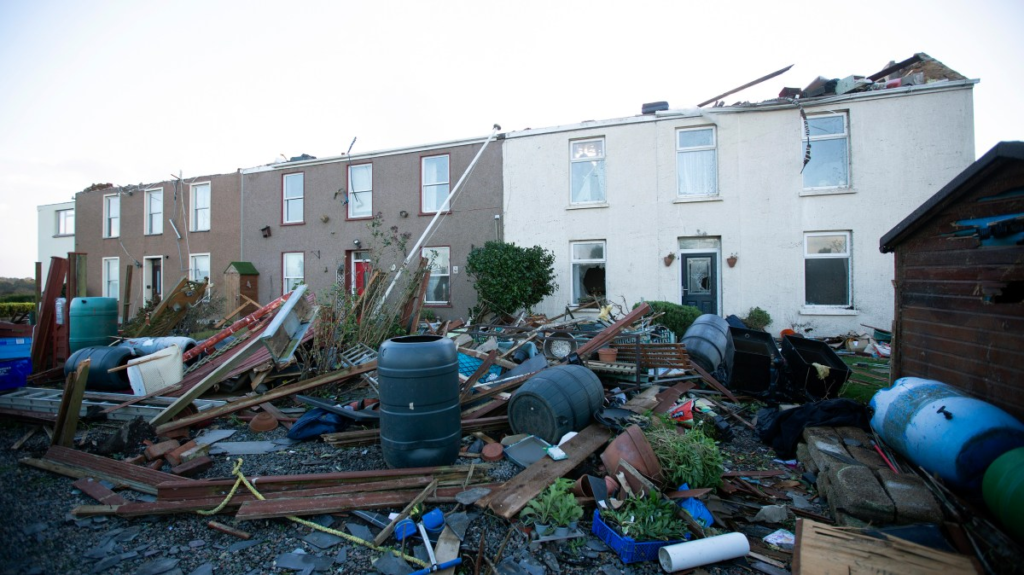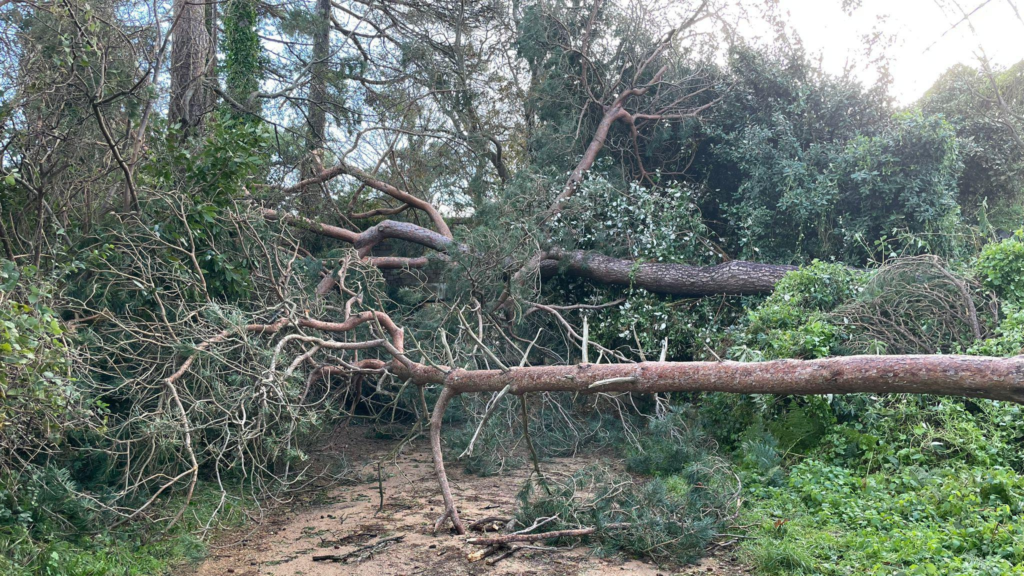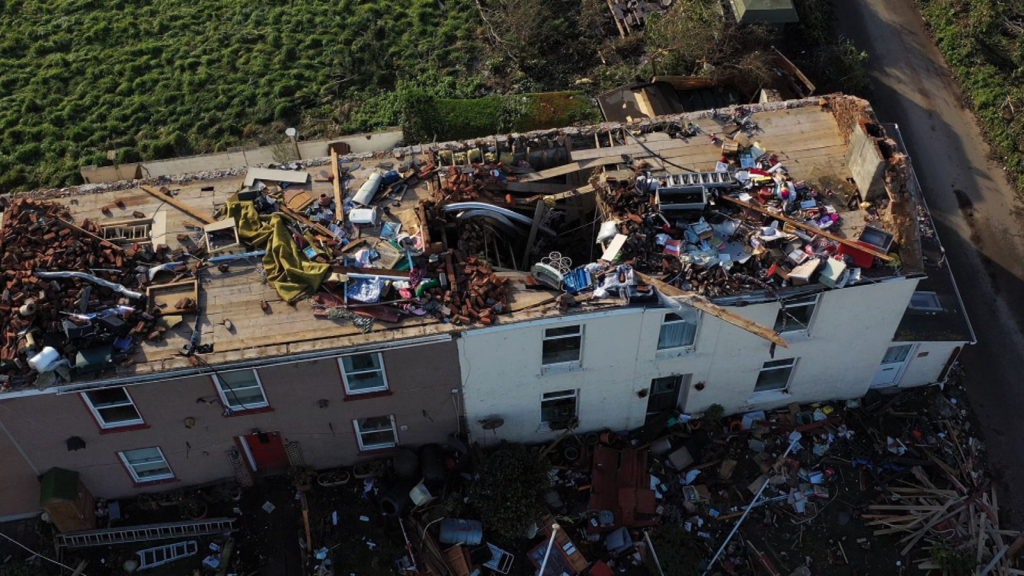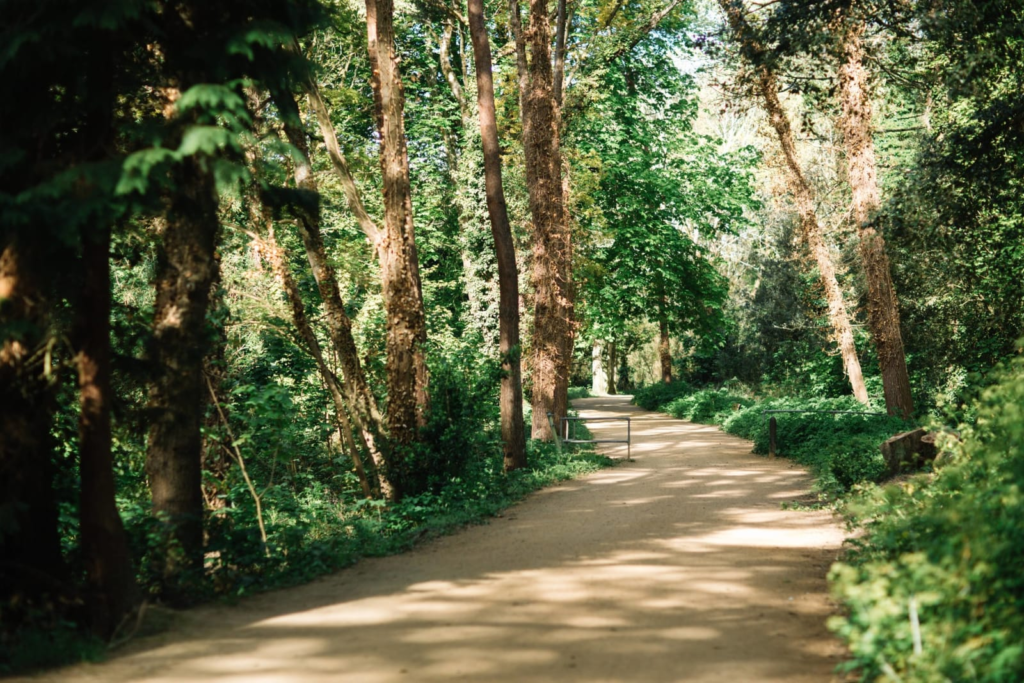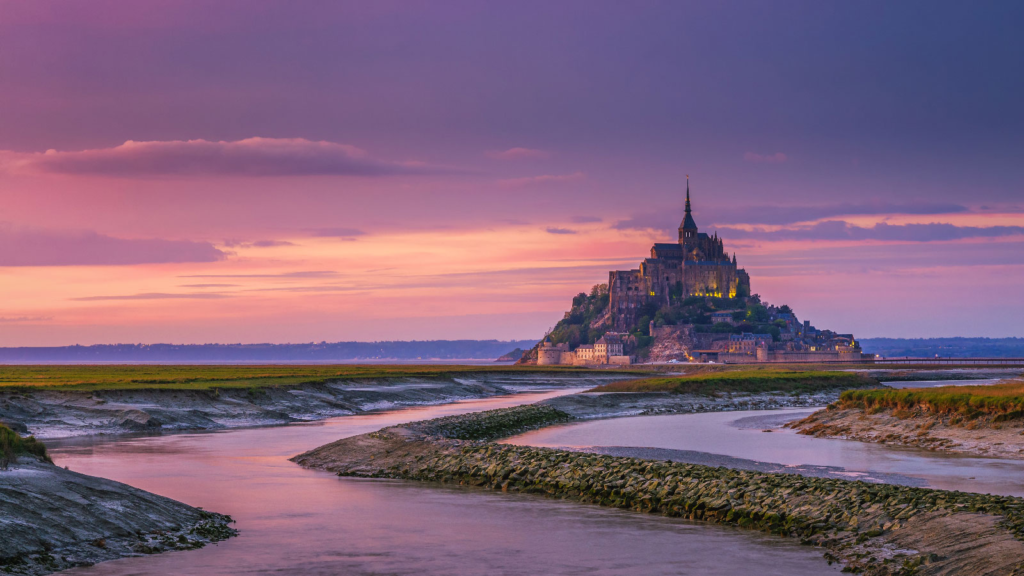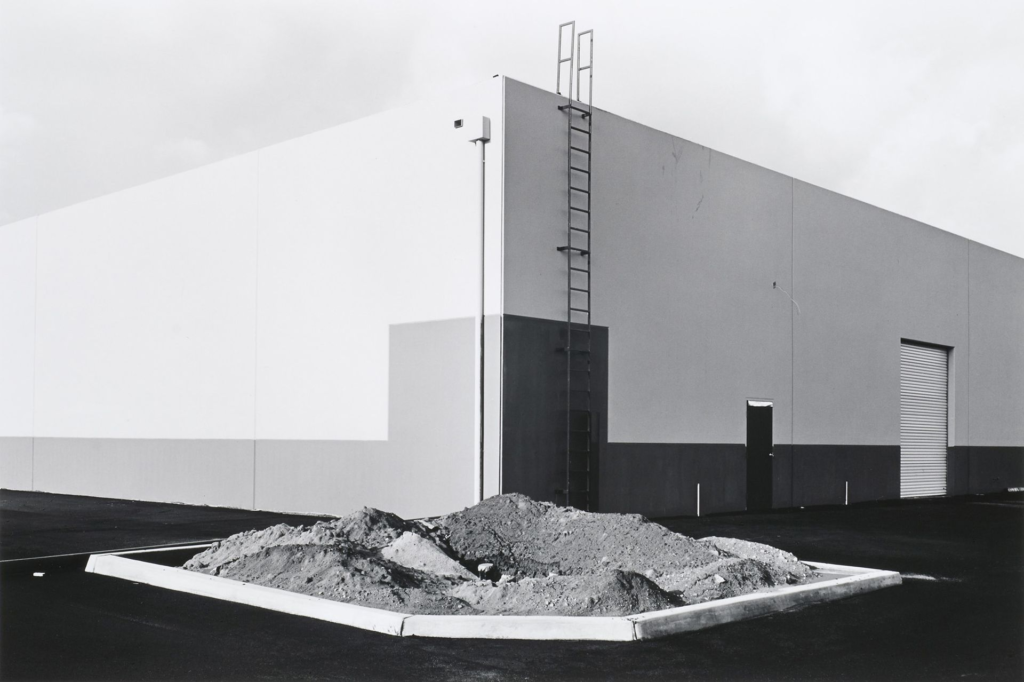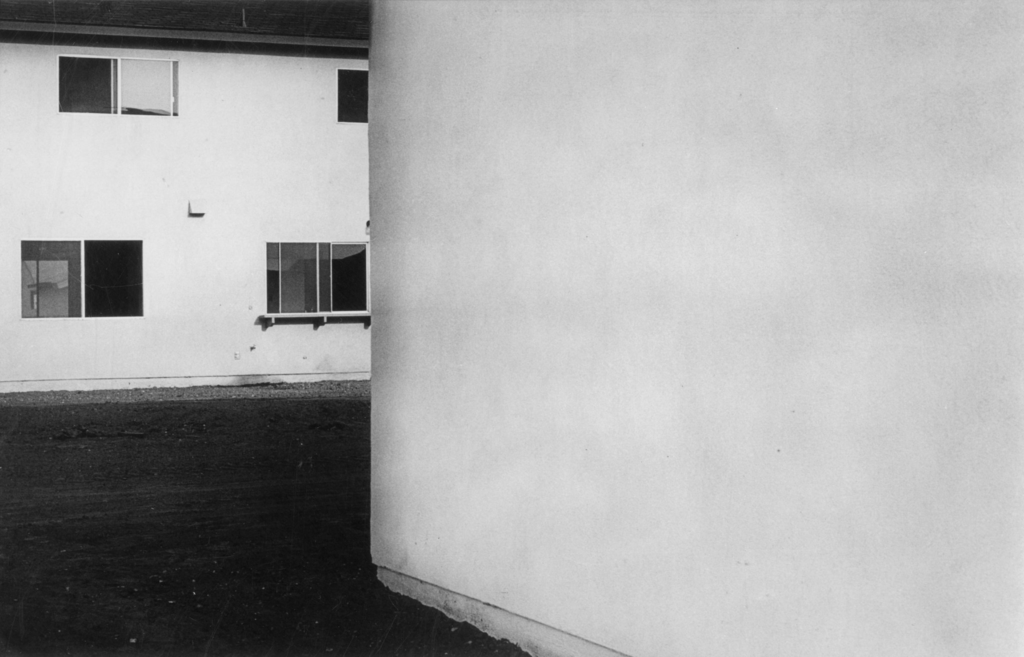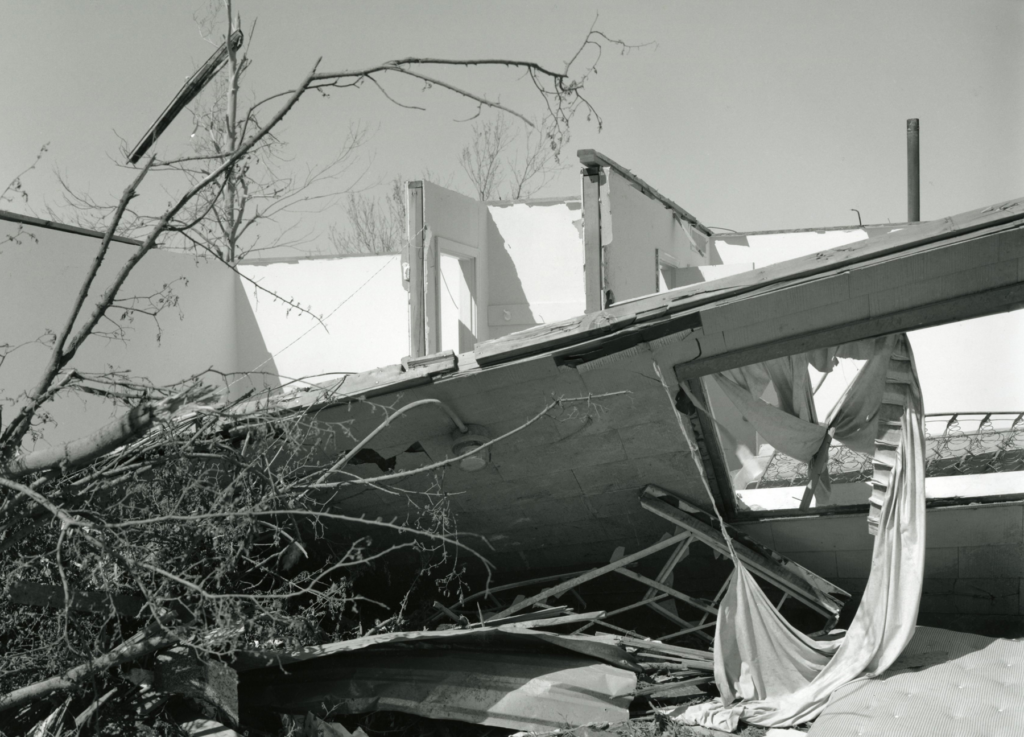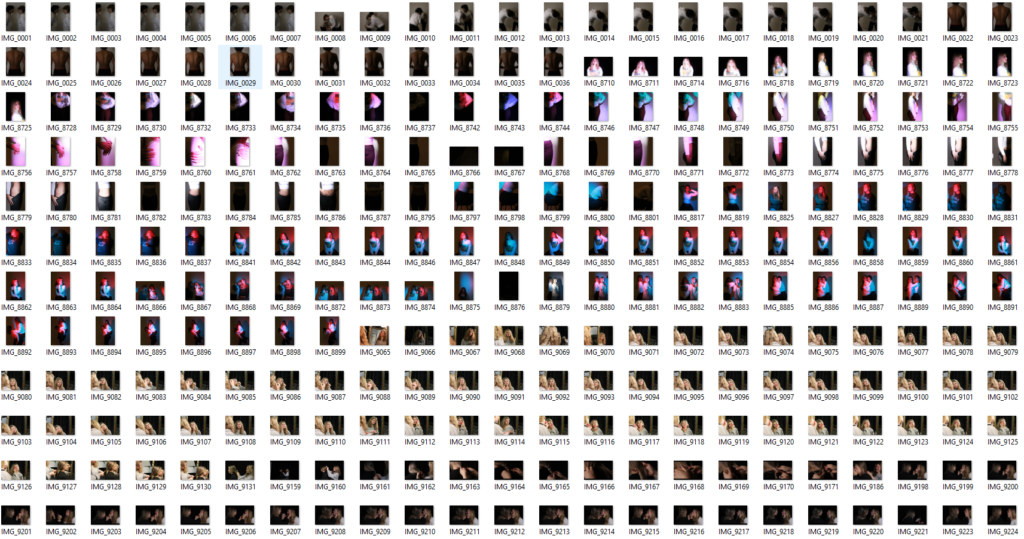
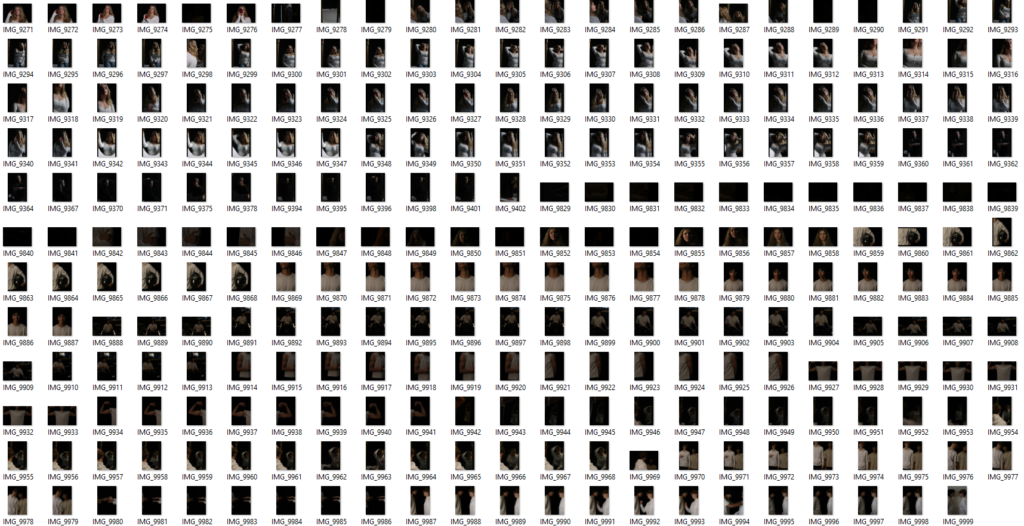
For this photoshoot, the idea was to capture the feminine body and the masculine body by showing off feminine features like curves and for guys more muscular aspects. I’ve done the body parts in black and white just like Robert Mapplethorpe did for his photos.
However i did do some photos which wasn’t inspired by anyone and just how I thought femininity could be portrayed.
I really like this image I think you can clearly see where I got my inspiration from. I think the black background works really well behind as it creates a good contrast and it makes the model stand out and draws your eye to him as he is the only visible thing in the image.
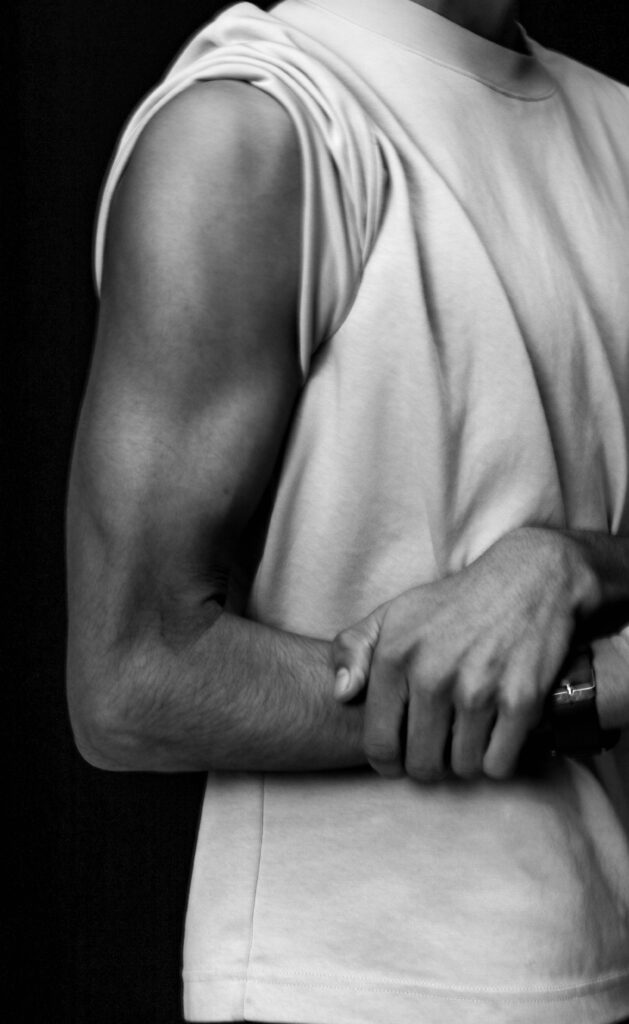

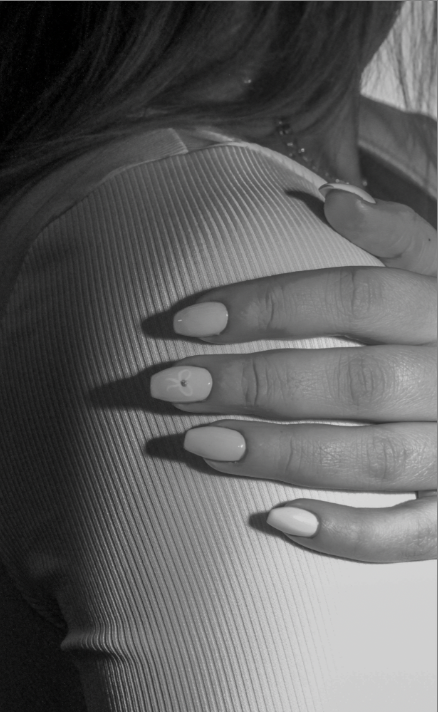
I think these photos were really successful I tried to recreate the hands picture with both and guy and a girl as you can clearly see which is which as the female hand has the softer shapes and she has has her nailed done which is quite a feminine trait. Then you have the males hand which is a lot more angular you can see those more prominent veins and bones in the hand unlike with the feminine hand.
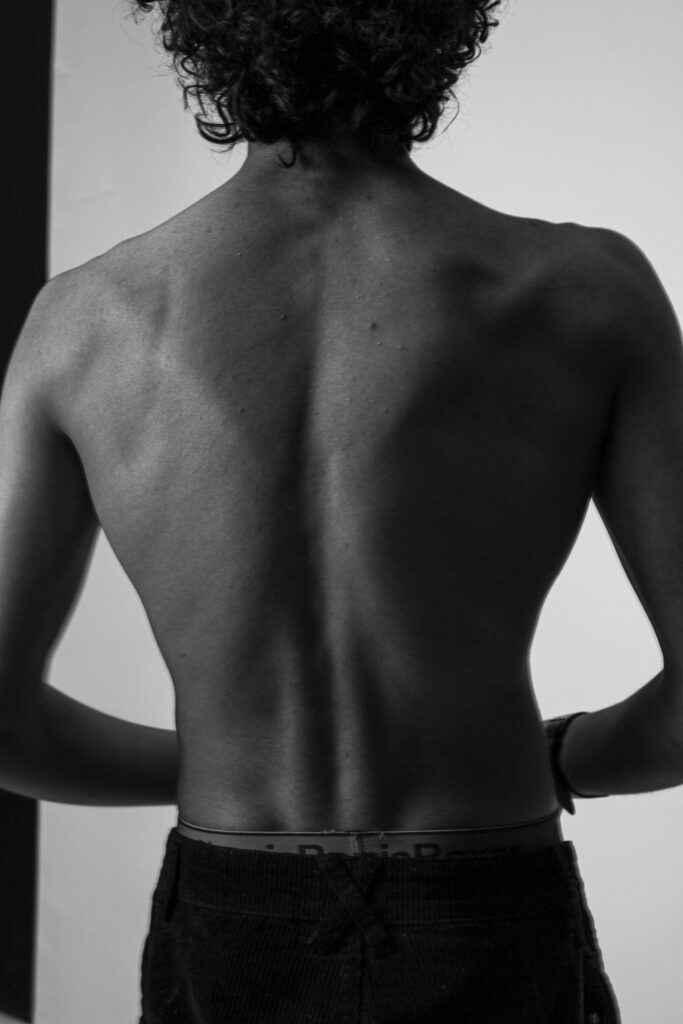
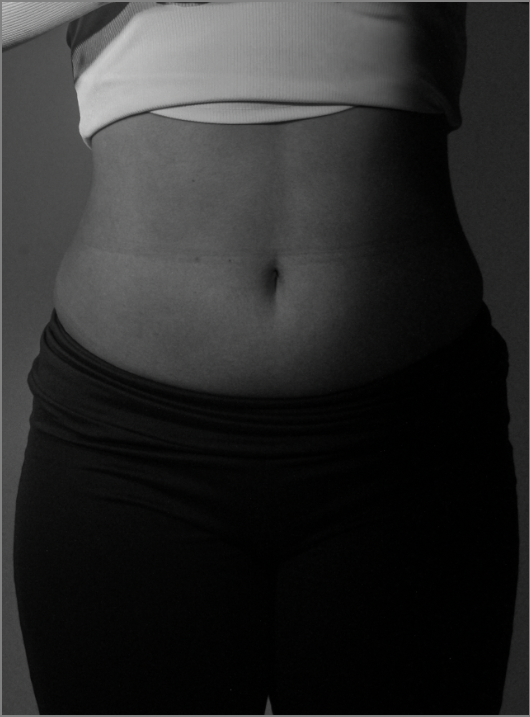
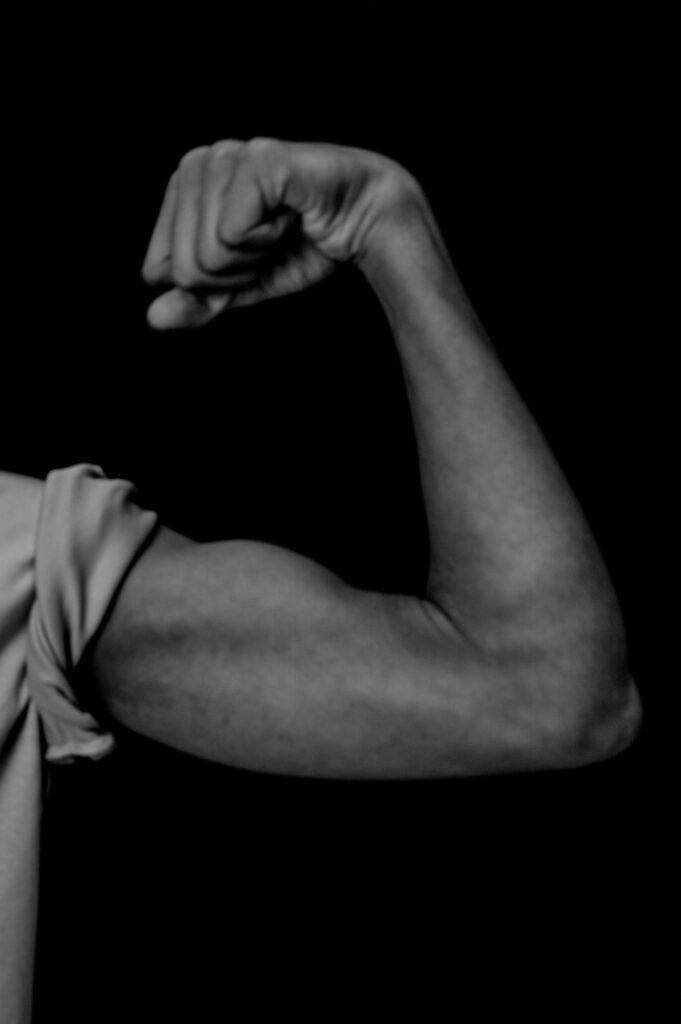
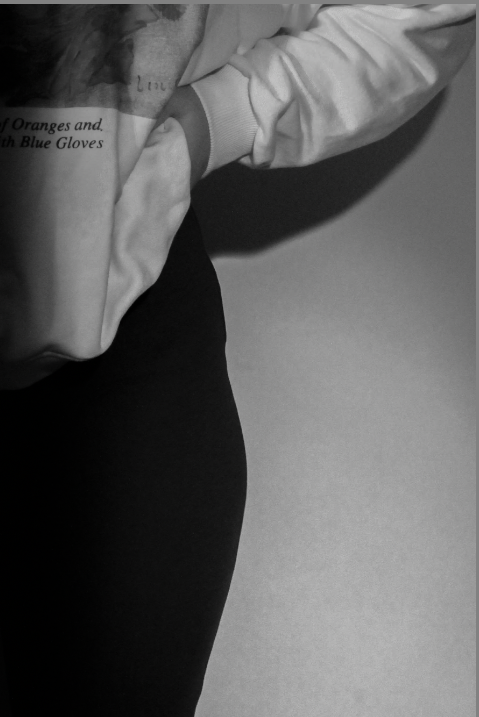
Both these images as well as the one above once again show off the idea between masculinity being more sharp and angular and femininity being rounder and curved. The picture of the models stomach and hip dips show off some of the most feminine part of women. And then the image of the guys back and arms show off more masculine parts of the body.
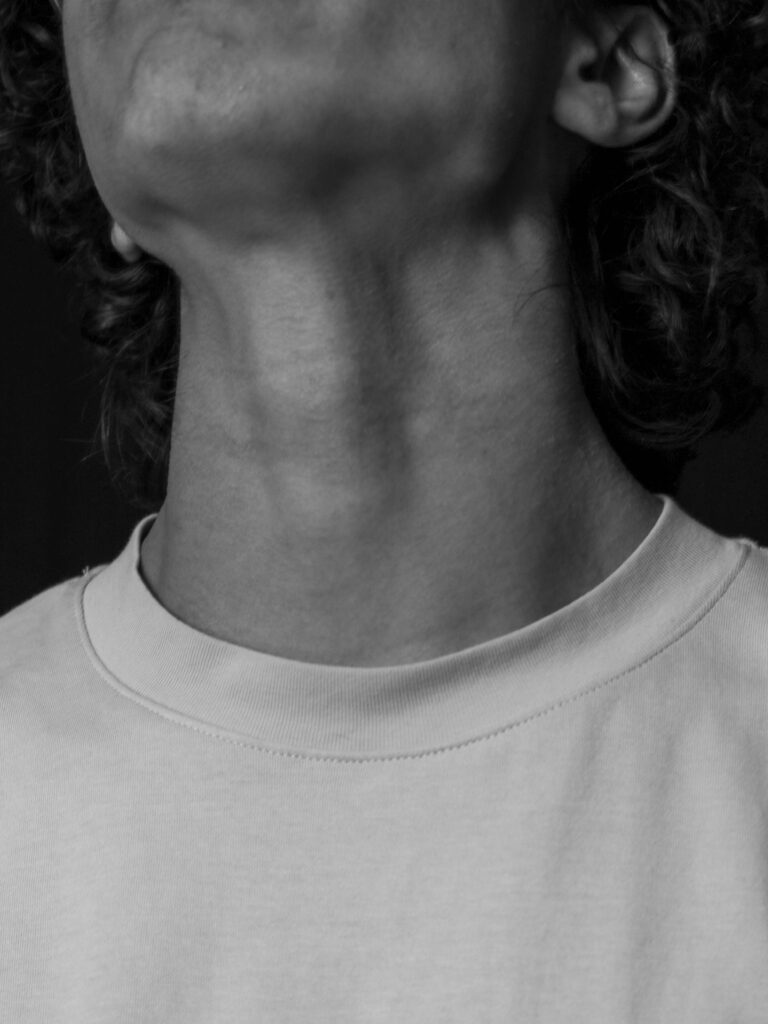
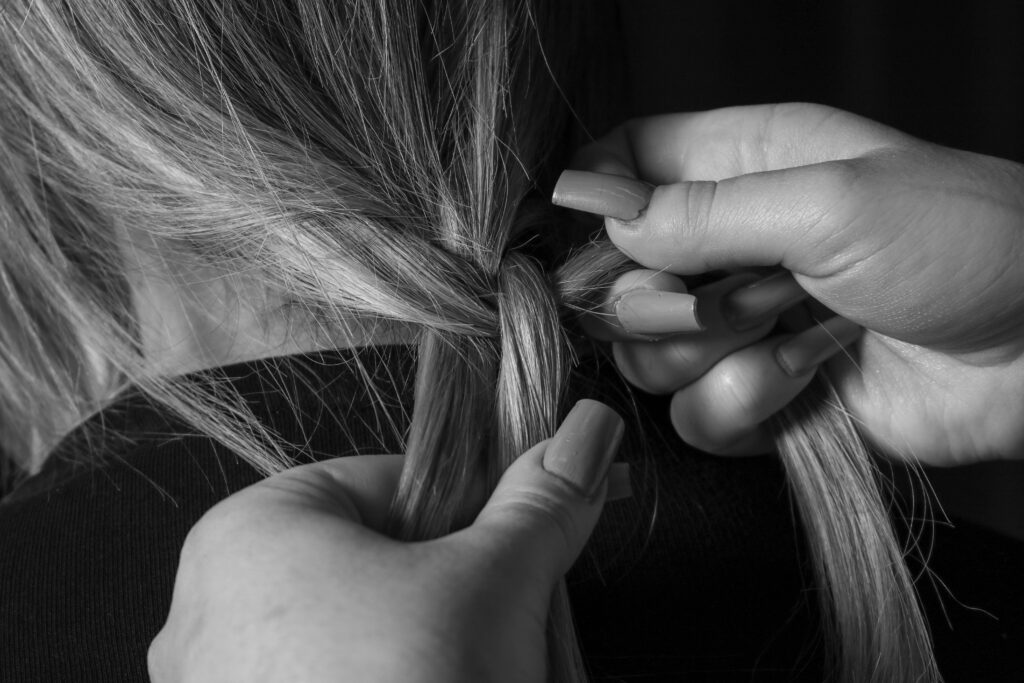
For this half of photoshoot I strayed away from the artist as I wanted to a more playful side to men and women and show more action shots rather than showing how they are physically different I tired to show it more through personality and emotion.
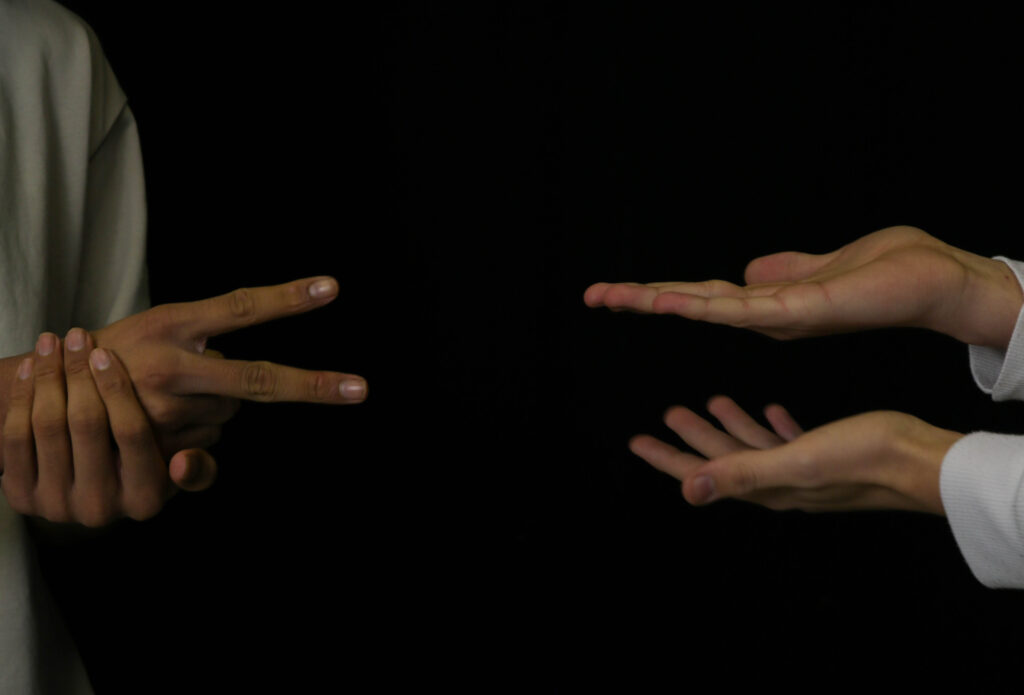
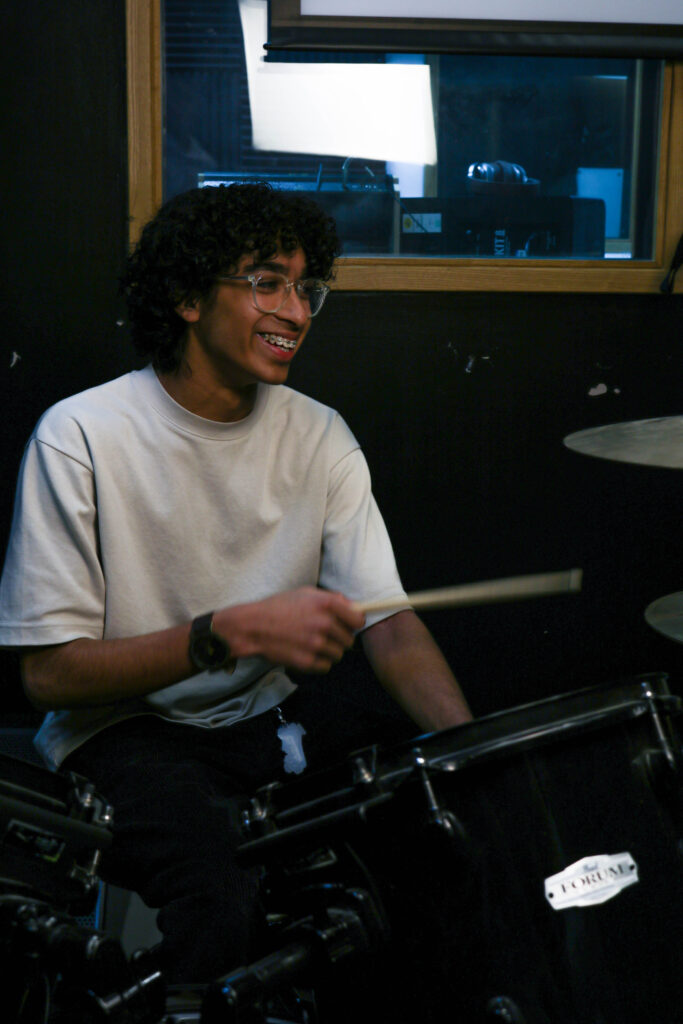


I think the mirror photo worked really well in my opinion because being focused on your looks and making sure you look good society shows as more of a feminine quality so having the male model play with his hair and look in the mirror was me trying to show how guys also worry about their looks.
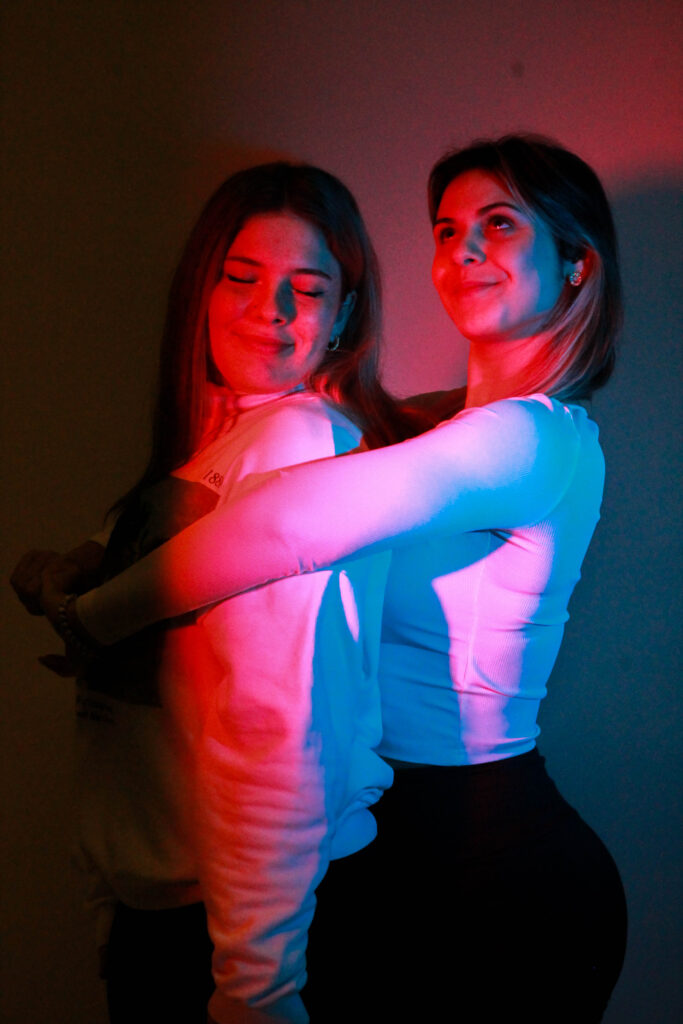
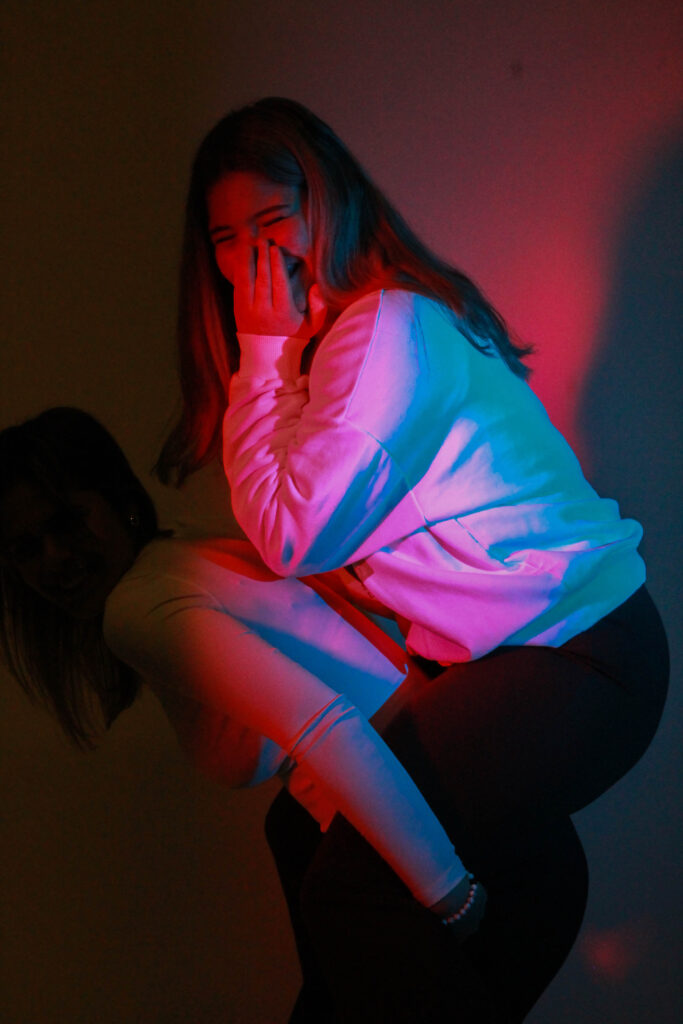
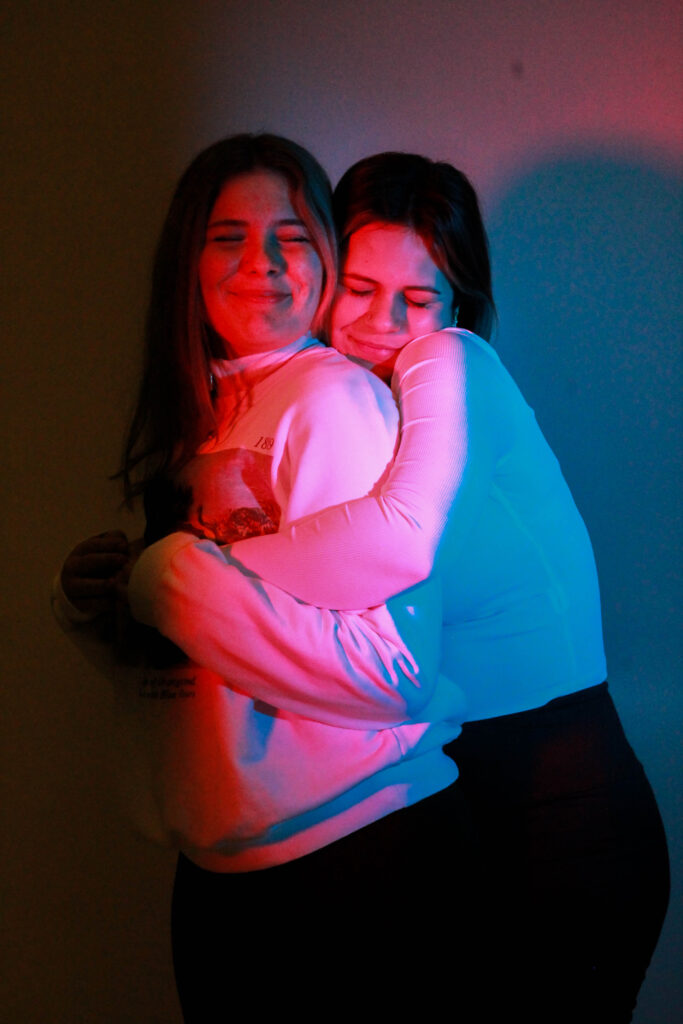
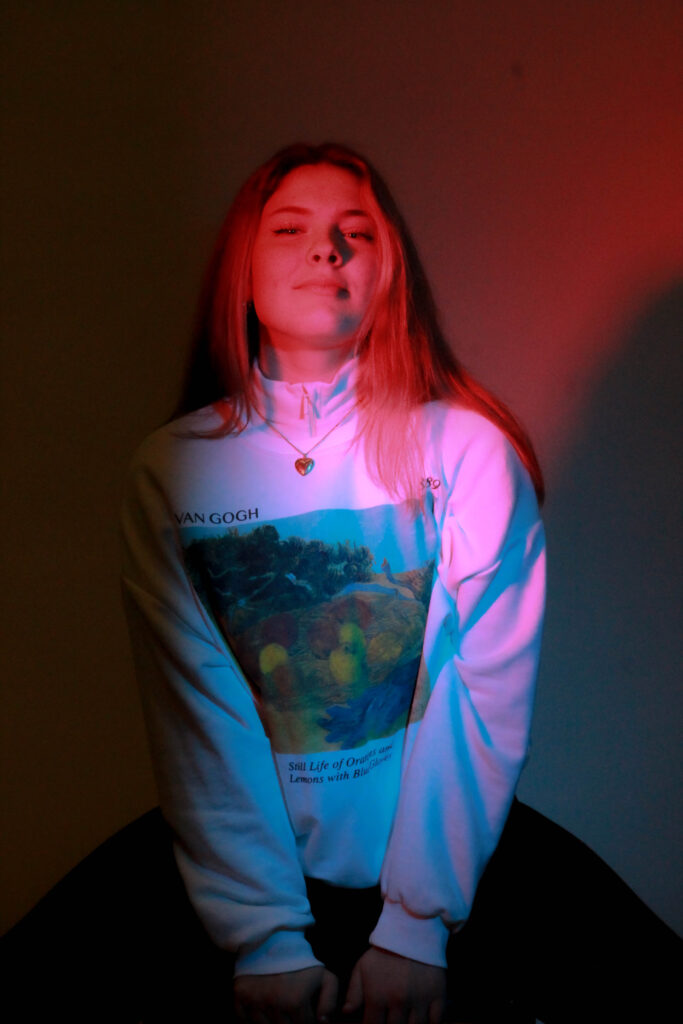
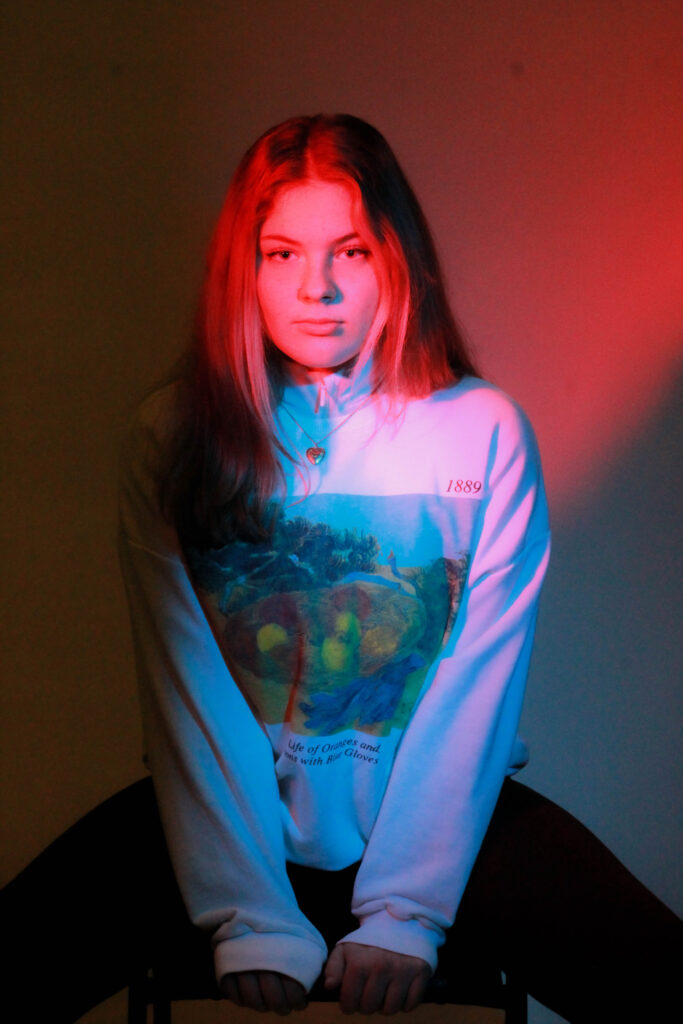
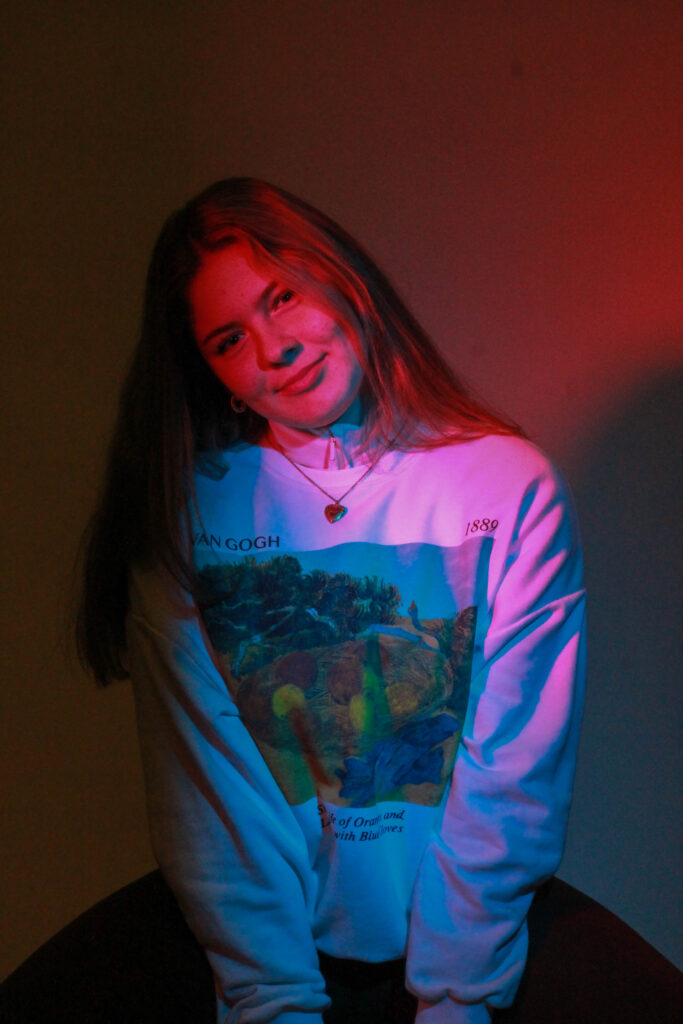
I think these images were very successful I think the colours give the images a playful and feminine feel to them as they are also quite stereotypically feminine colours. The photos of the model sitting I tried to have her appear more masculine by sitting up very straight and appearing really confident which is usually associated as more of a masculine trait to have.
I then tried to do the opposite with the photos above by showing the friendship and the connection between the two models as being close and hugging is once again more of a feminine thing to do in society.


